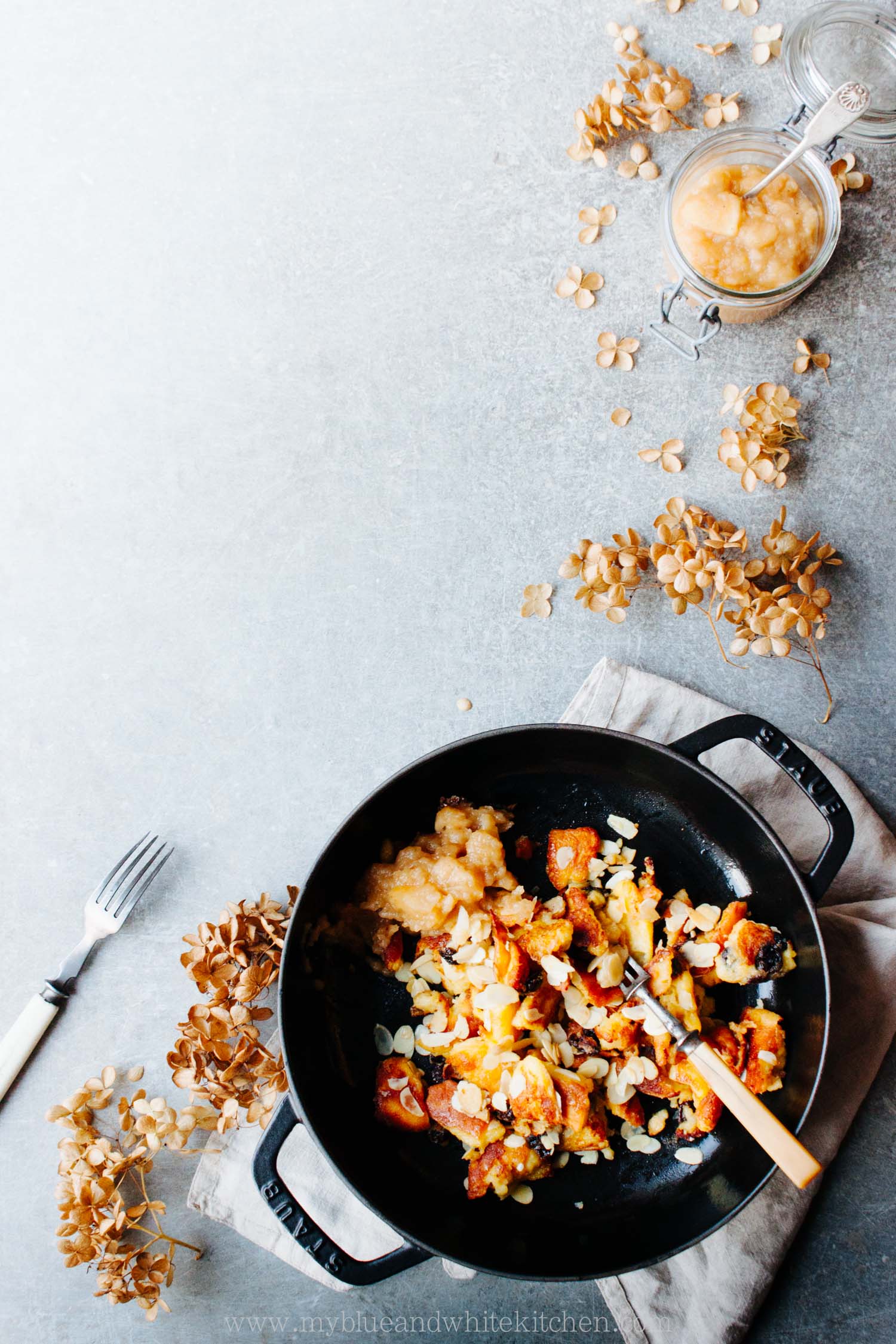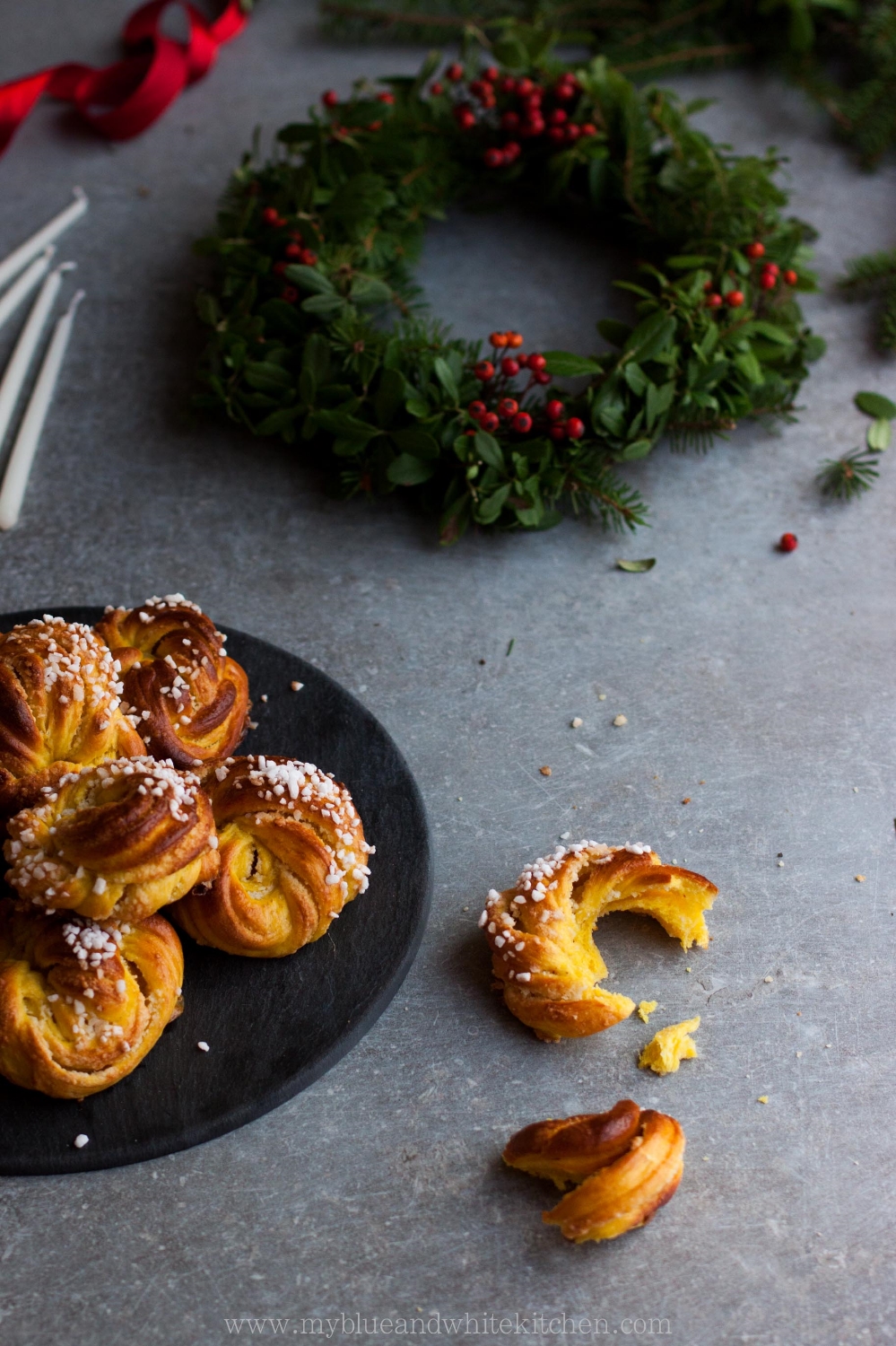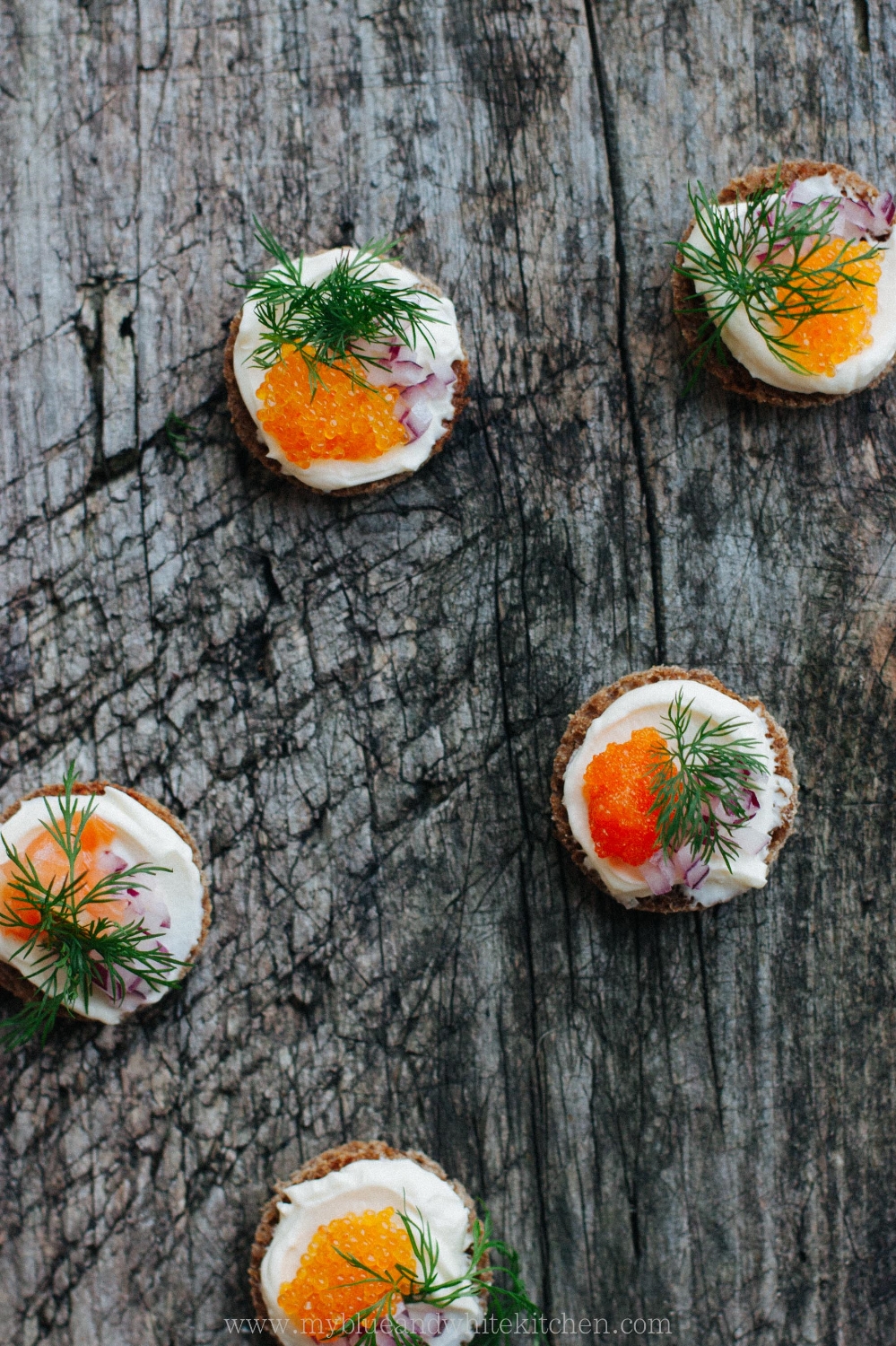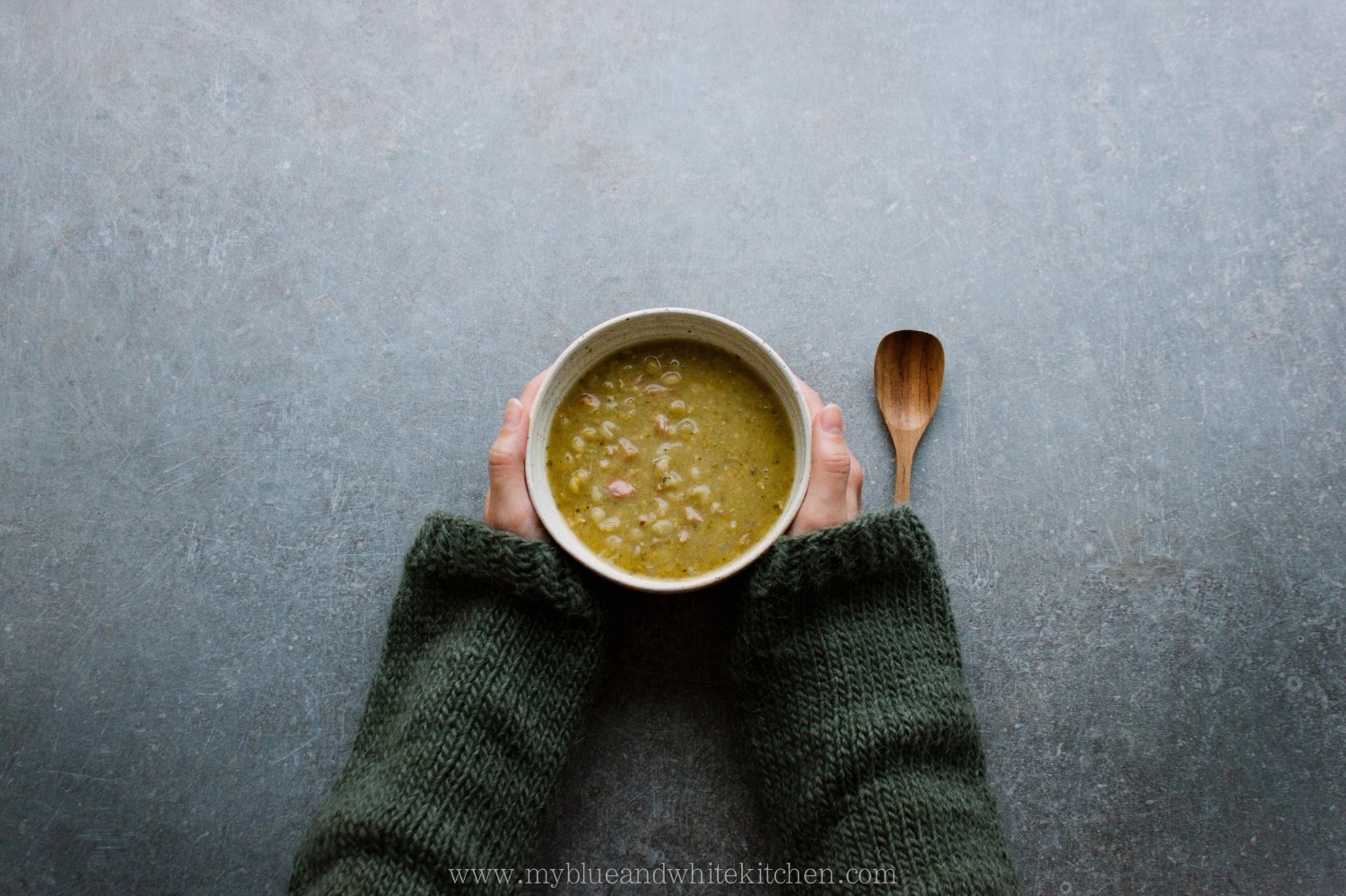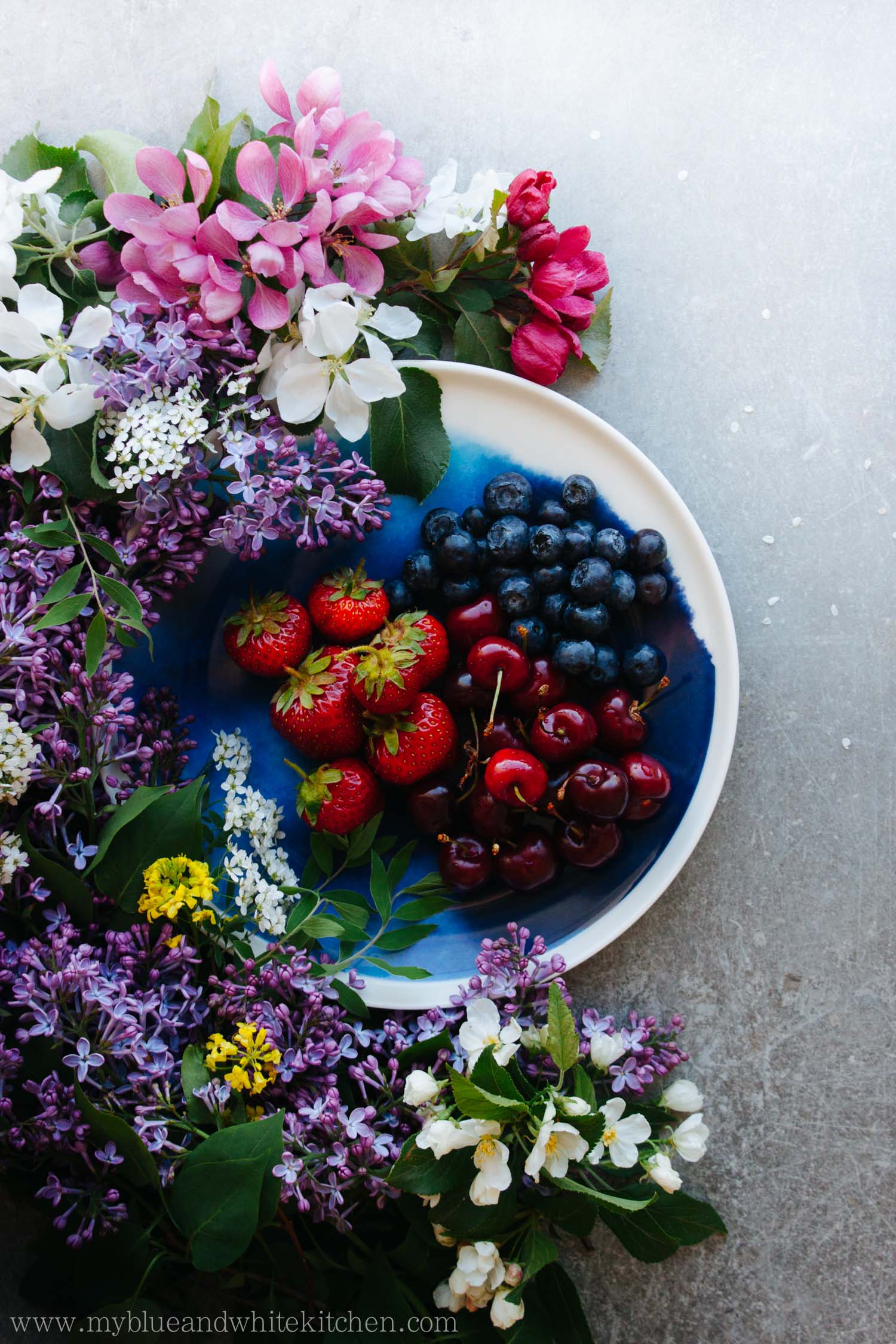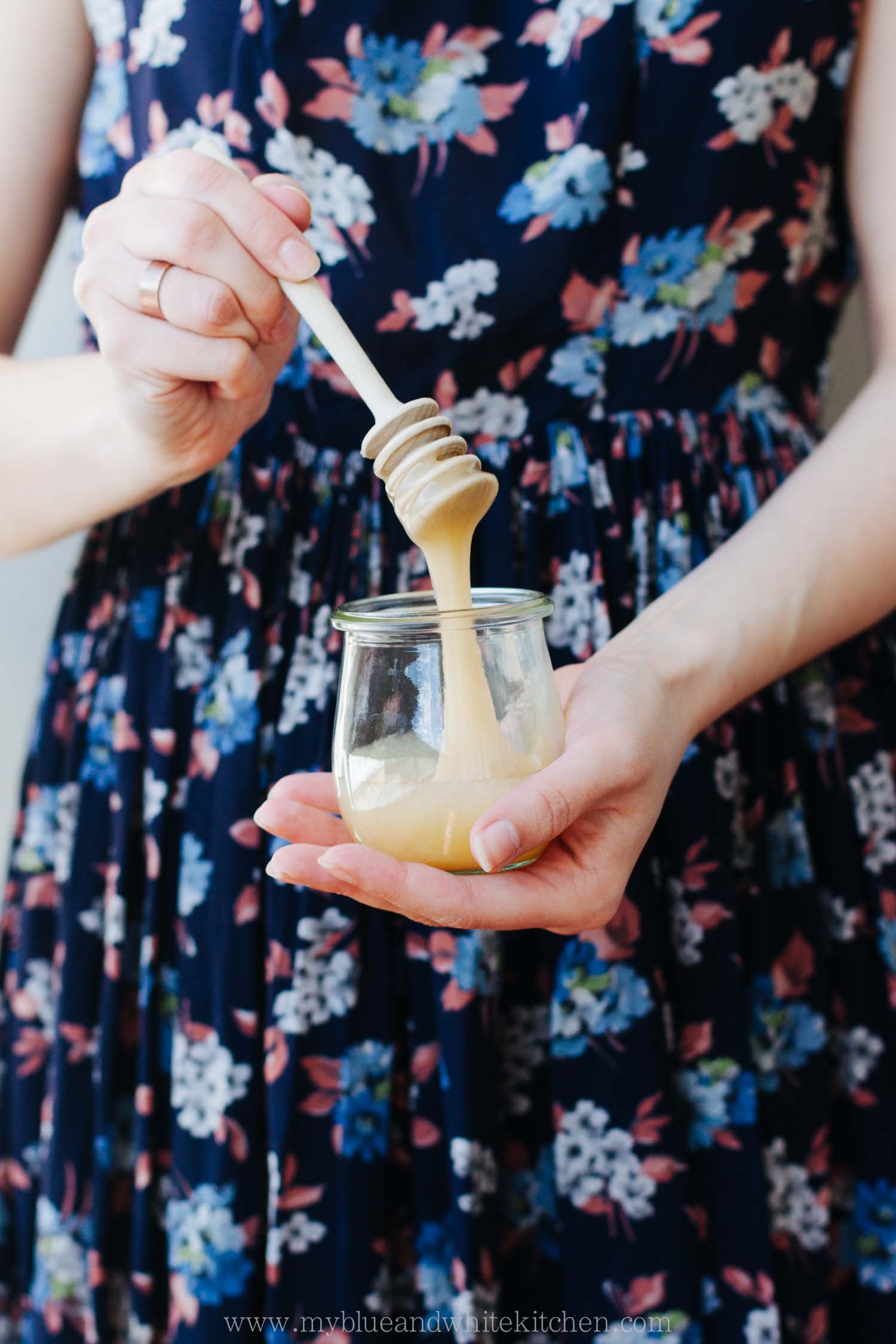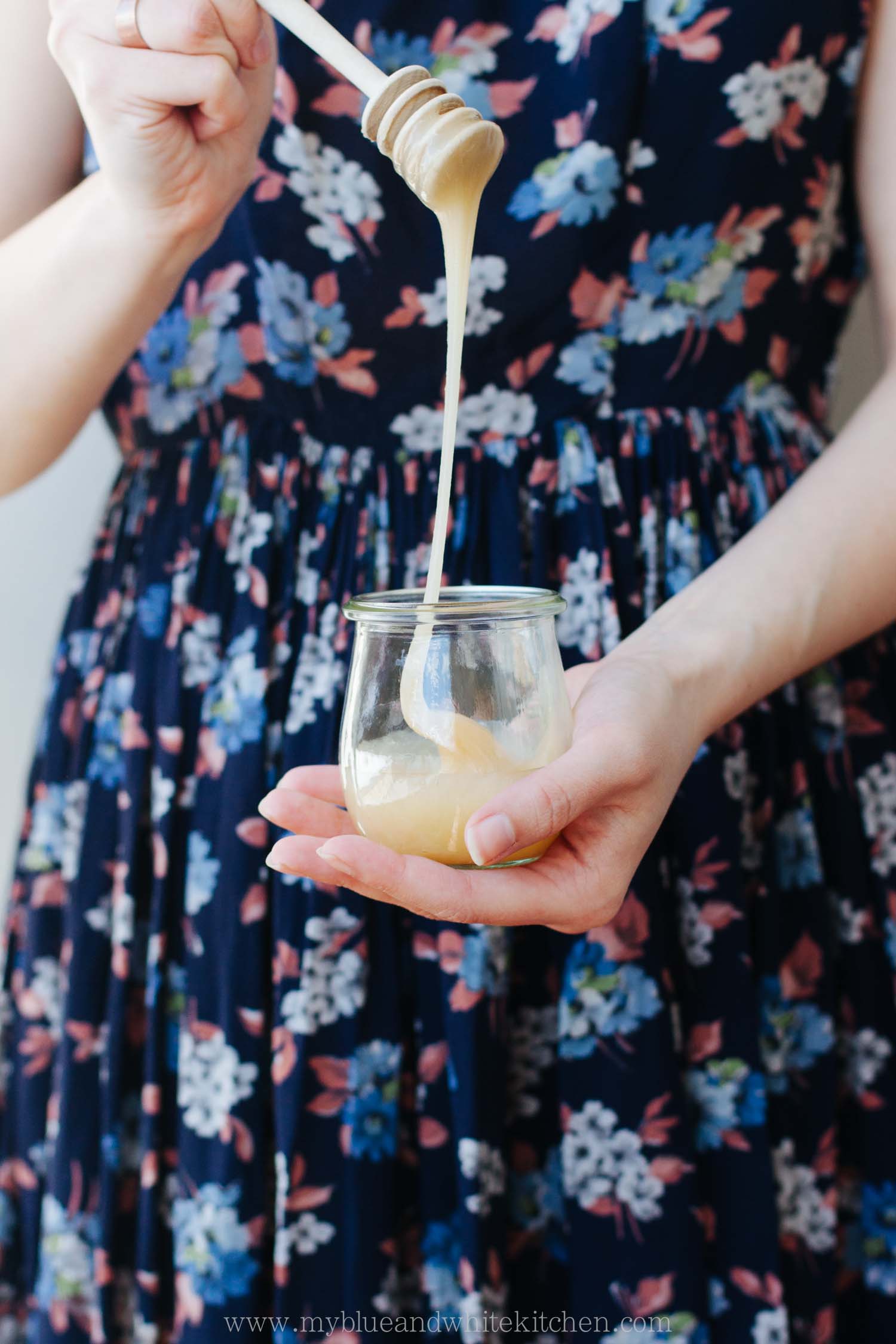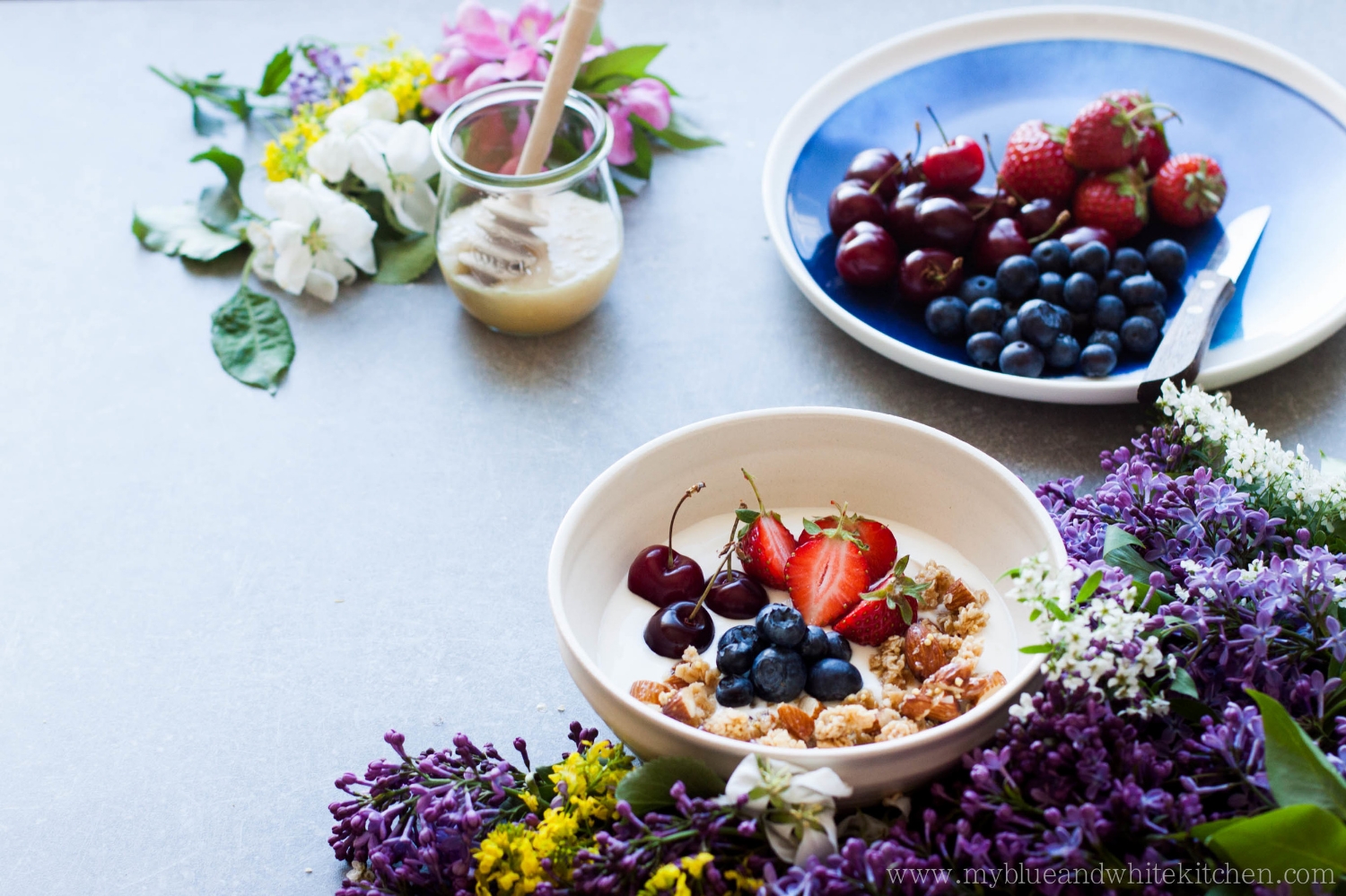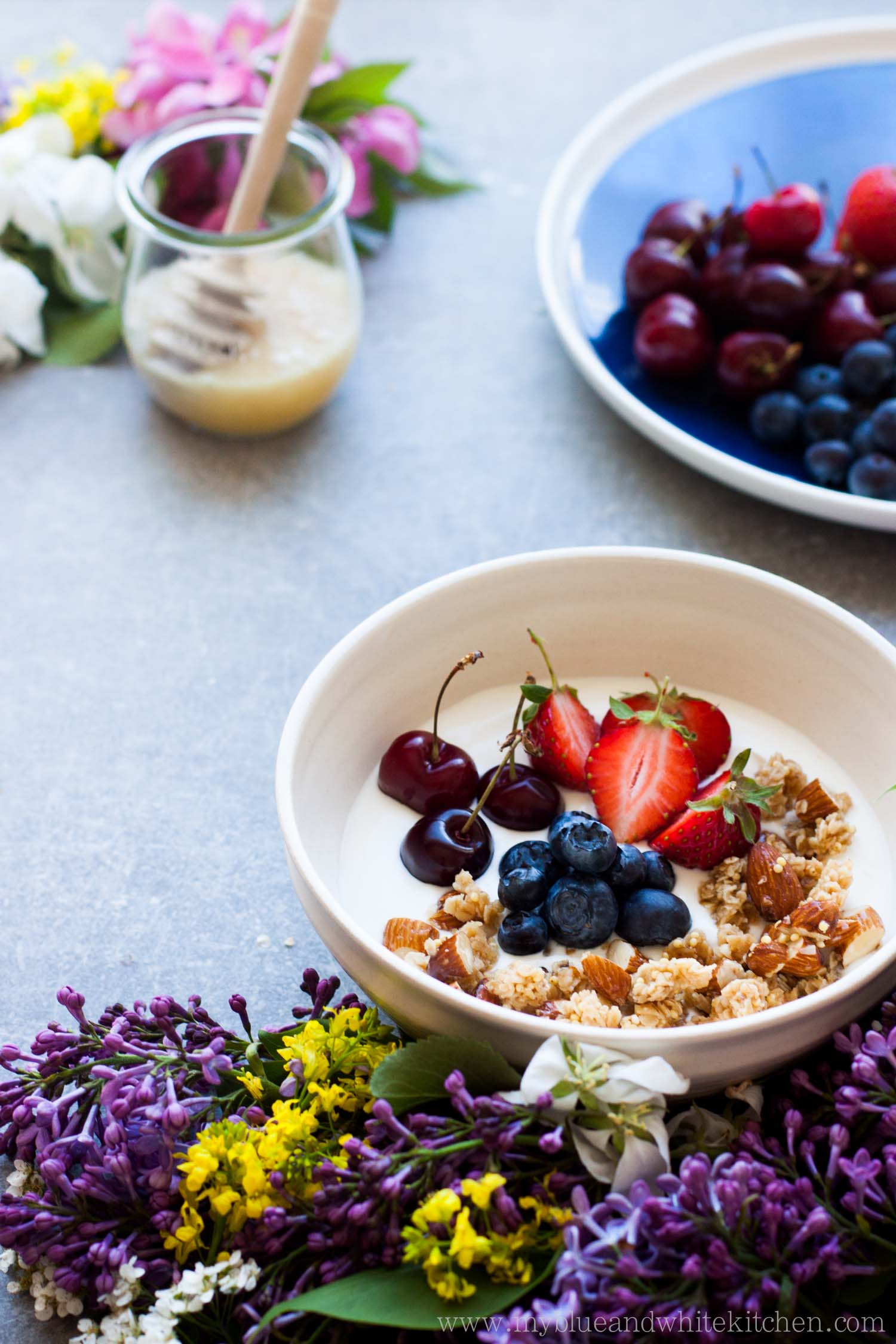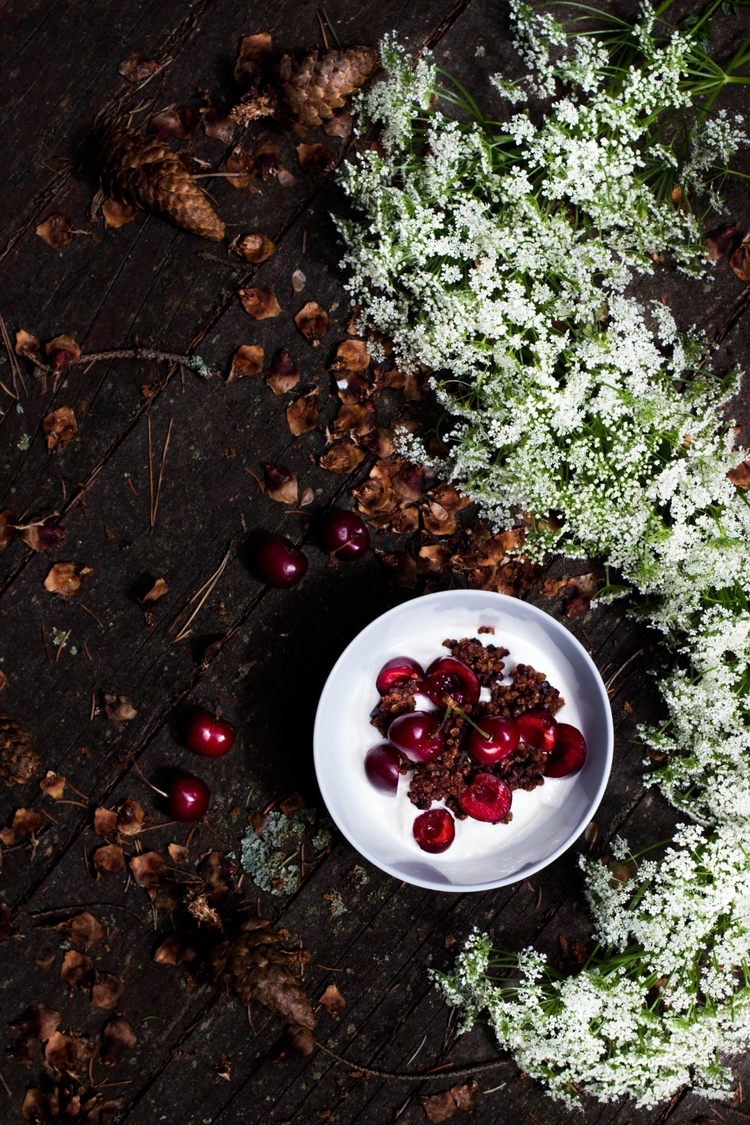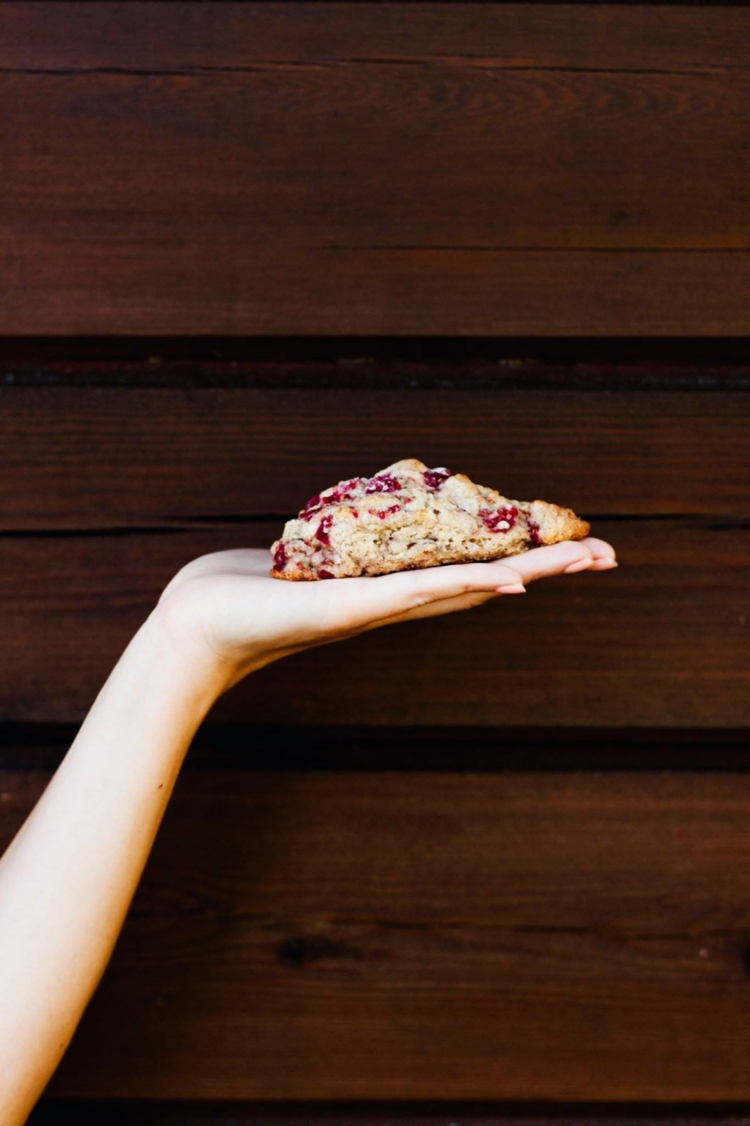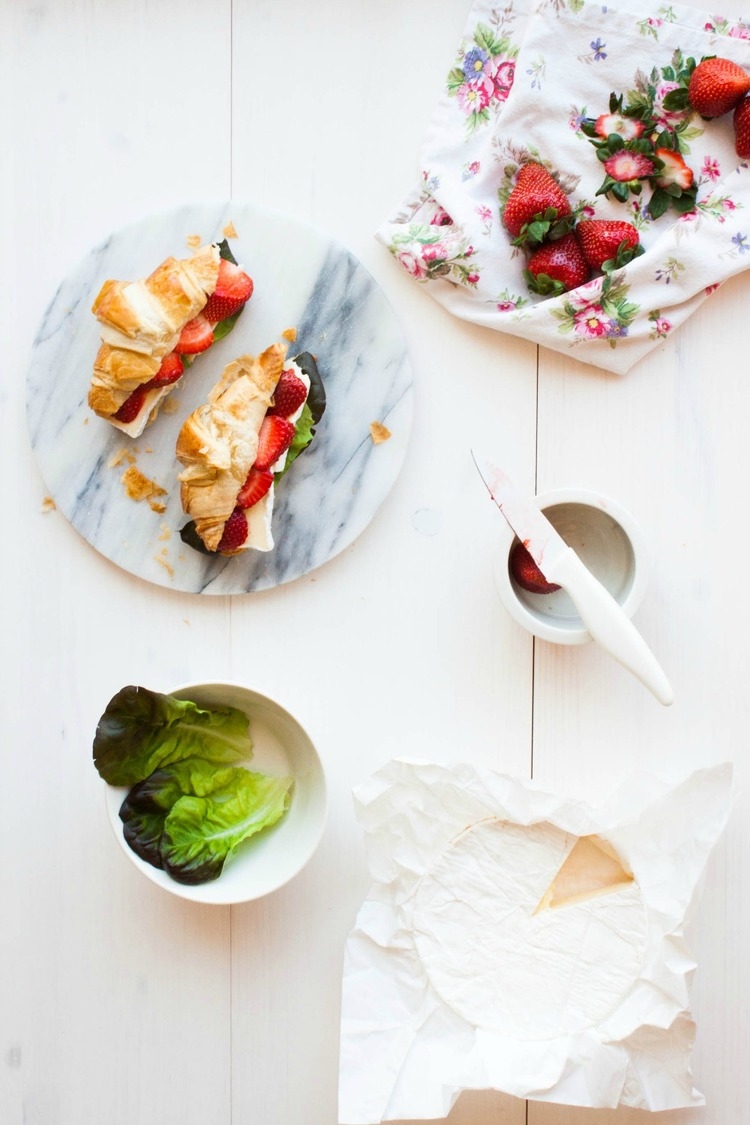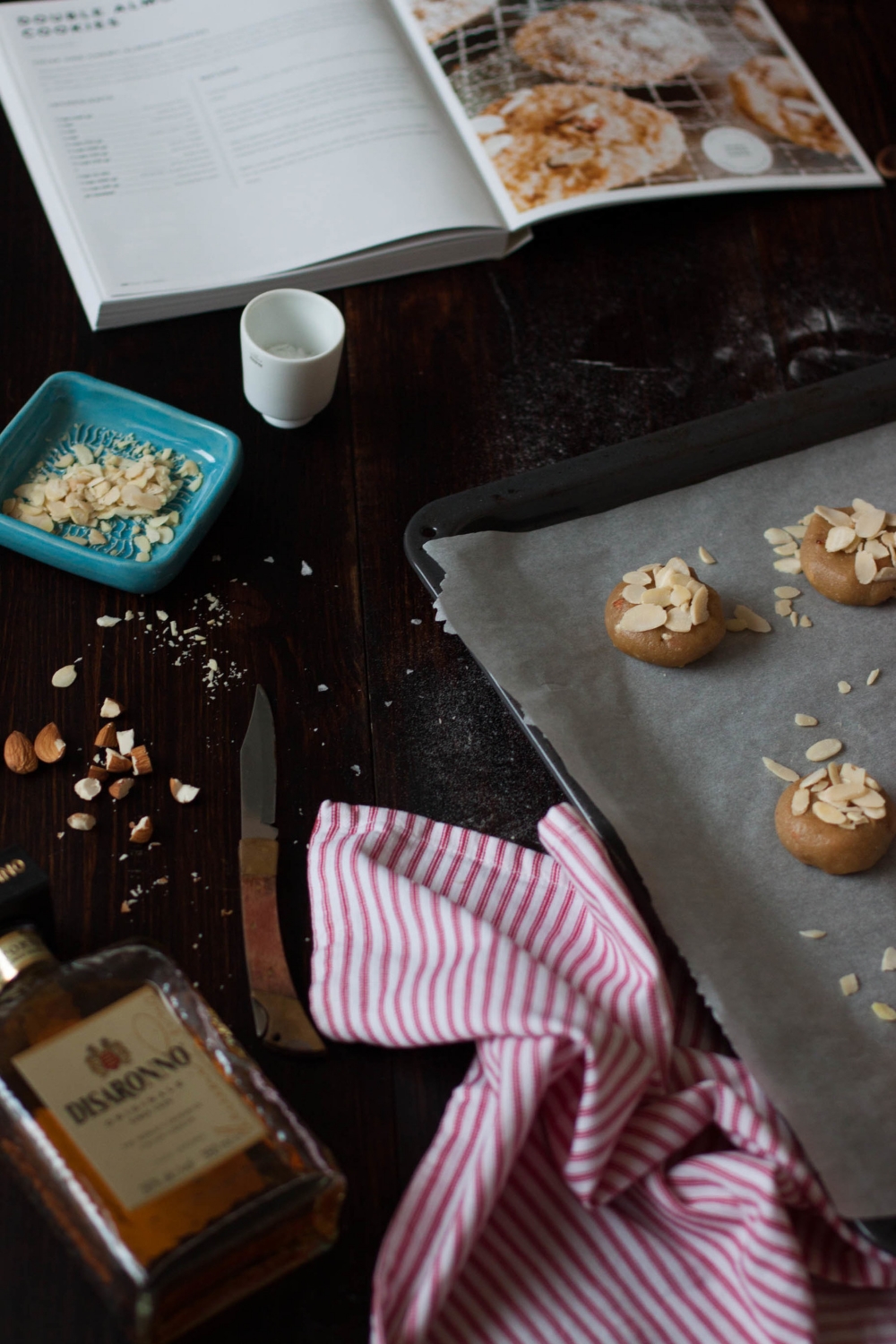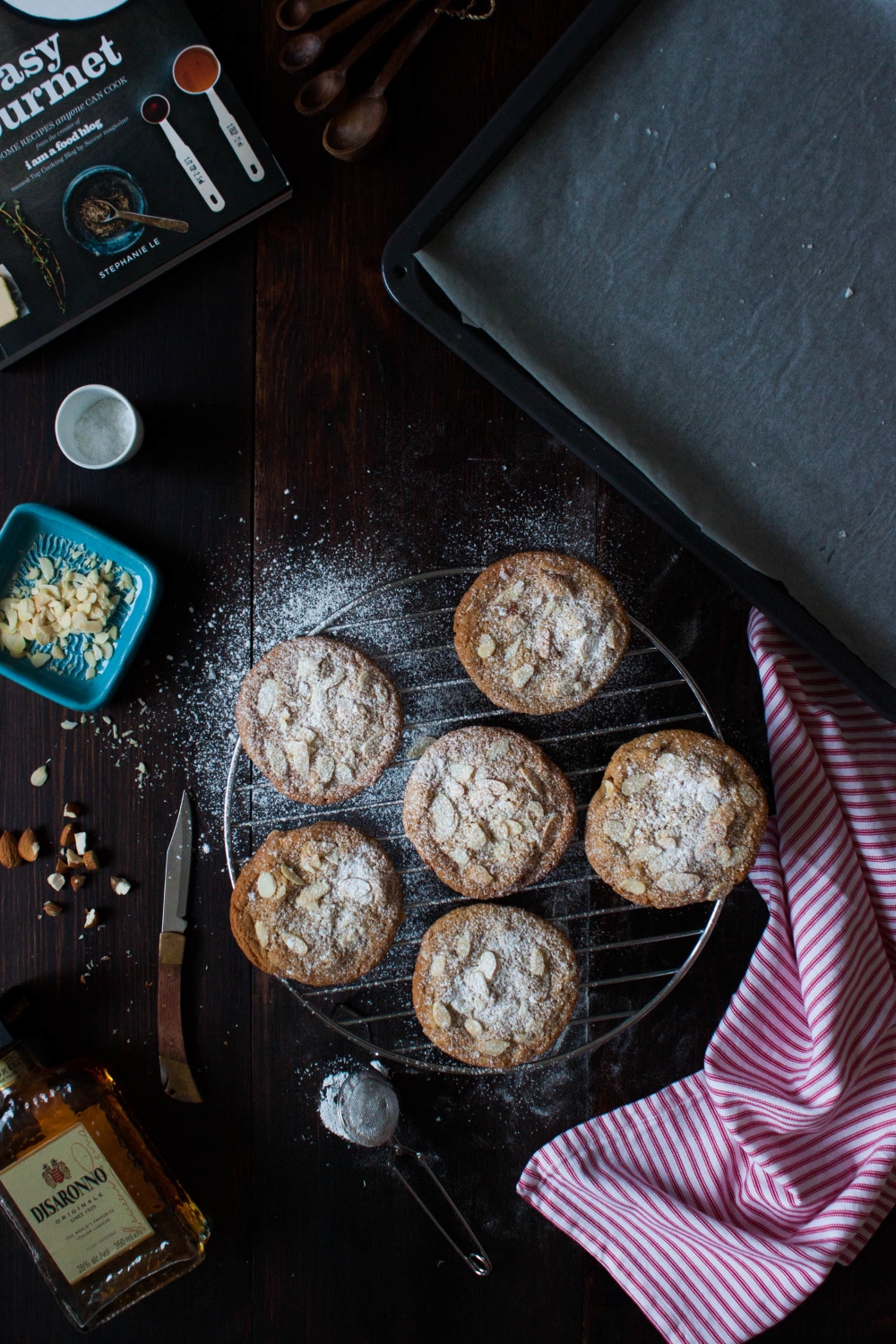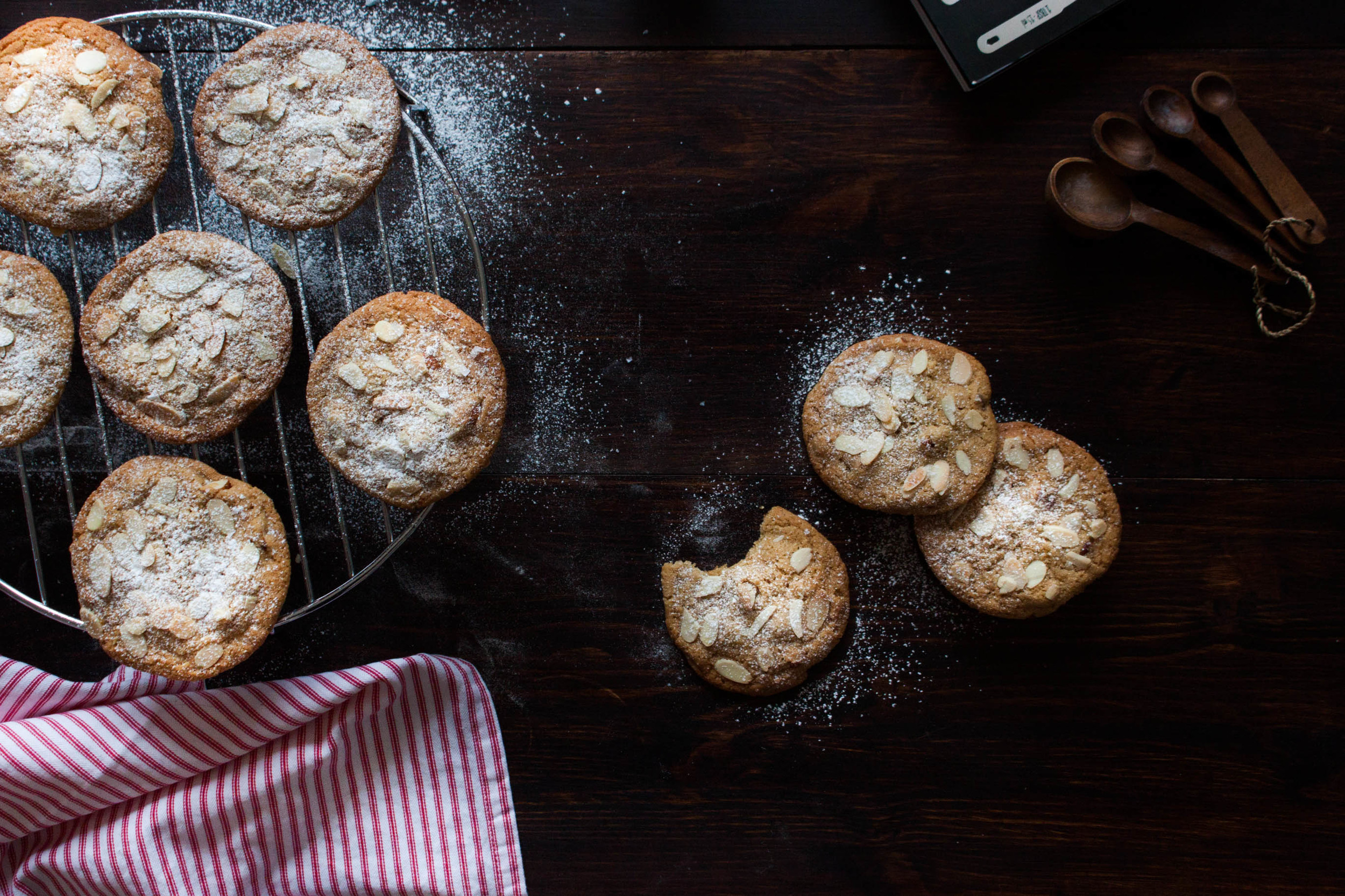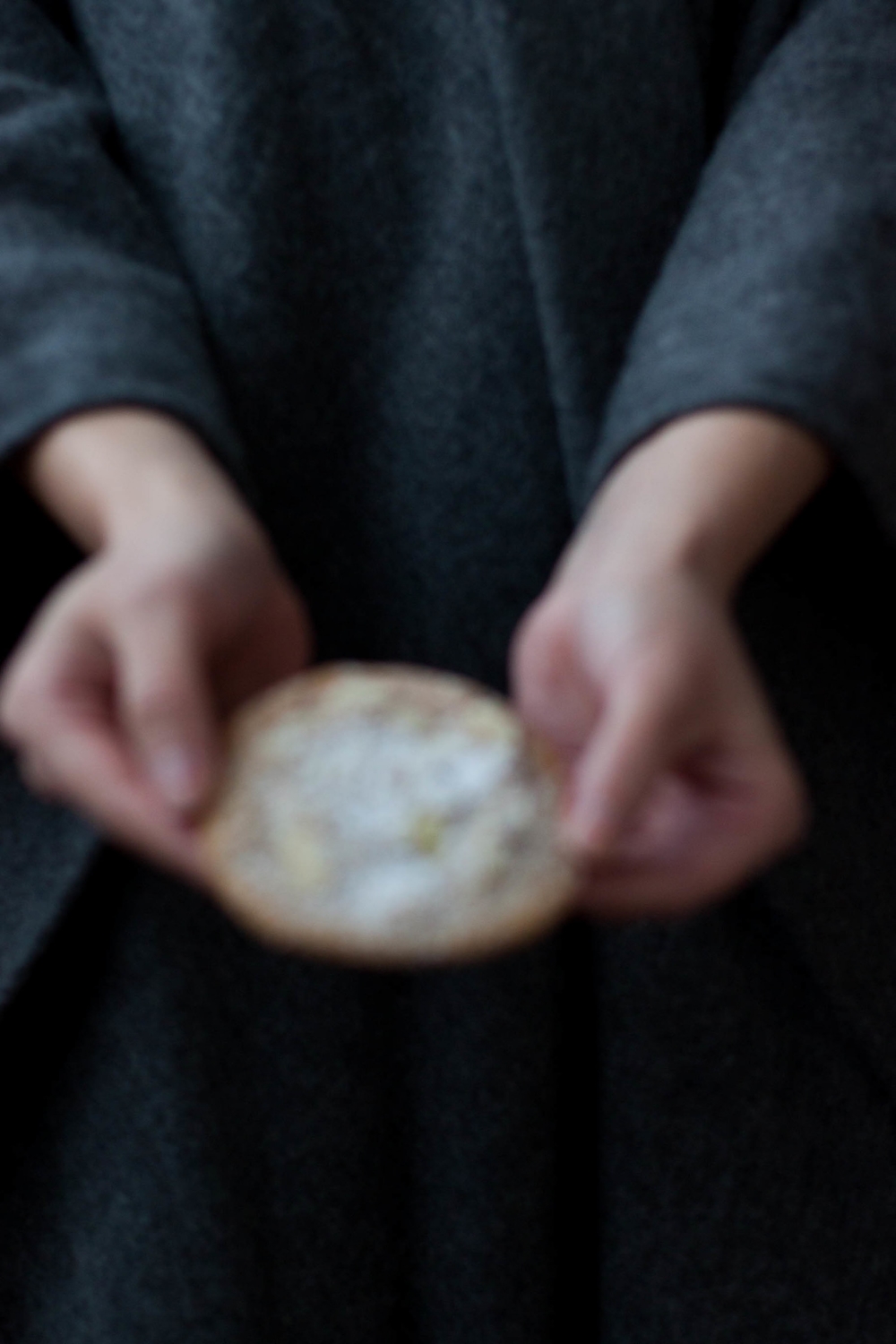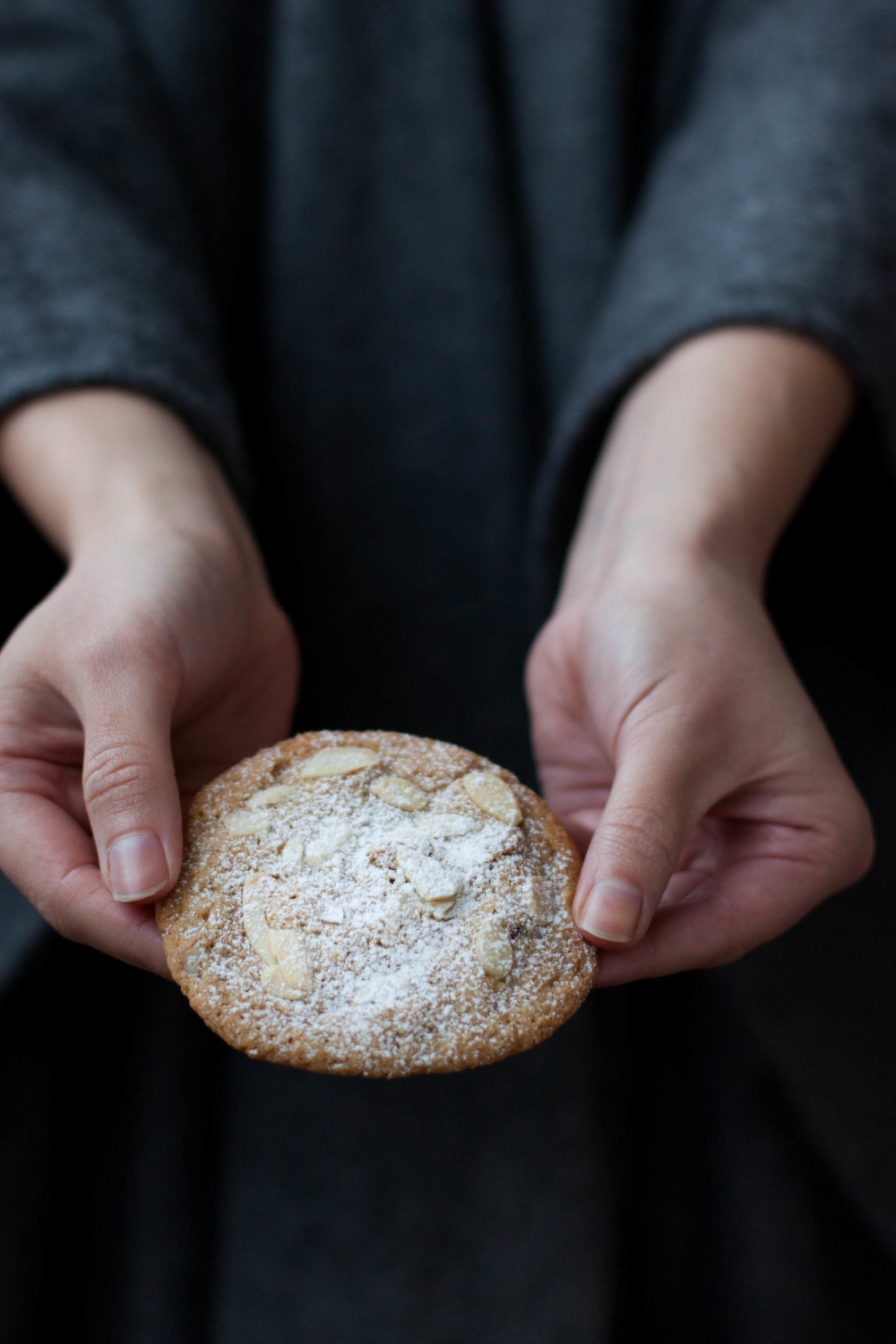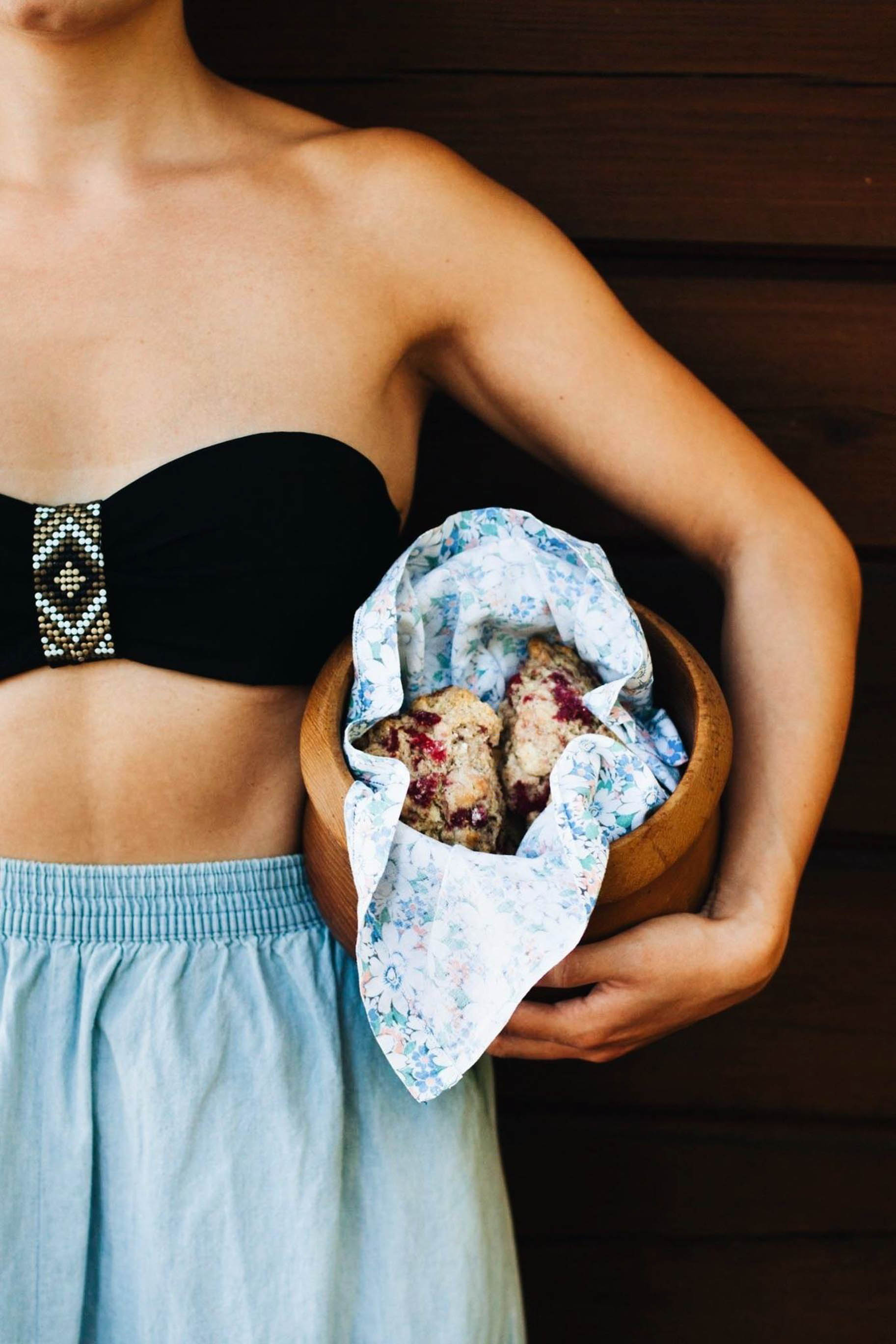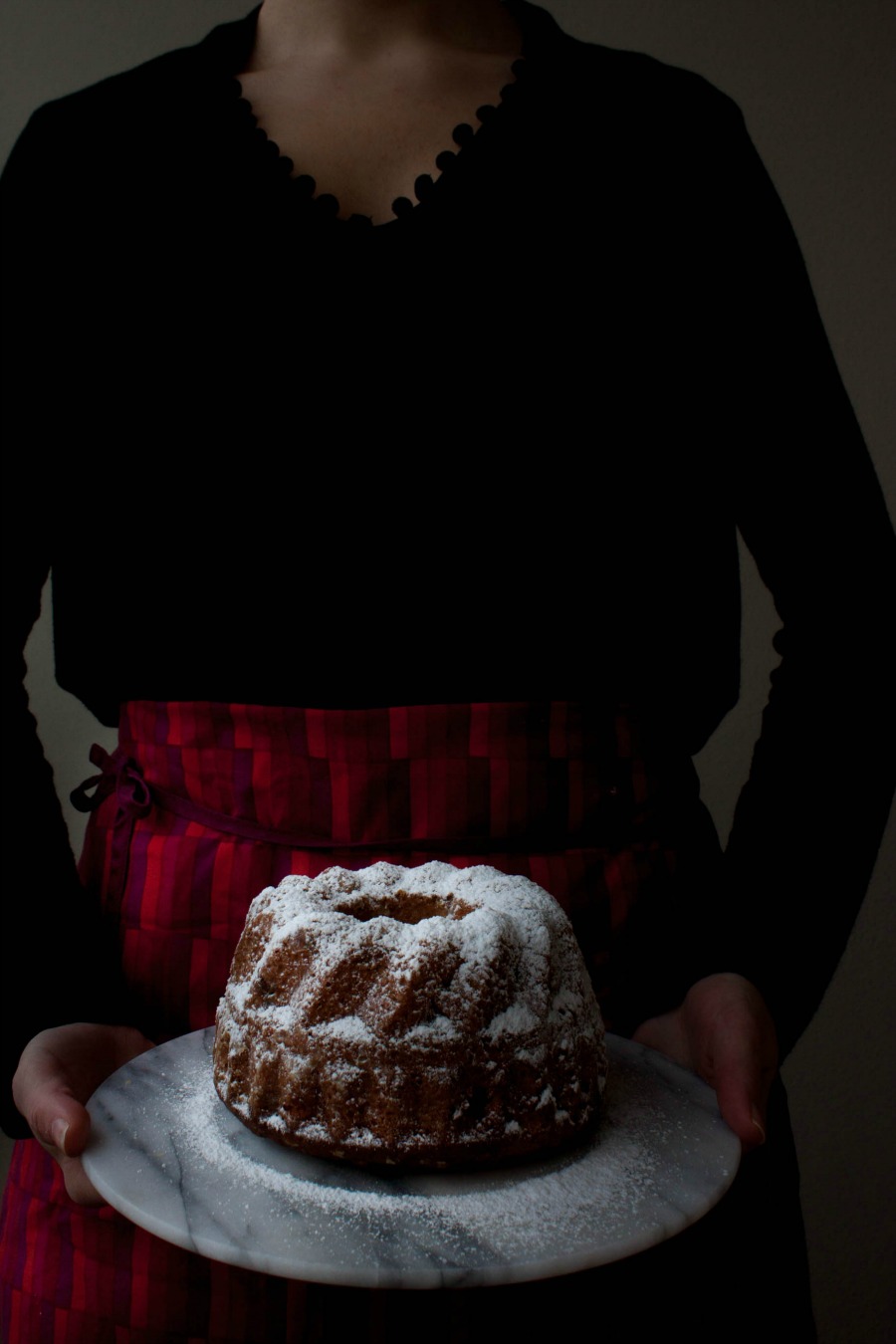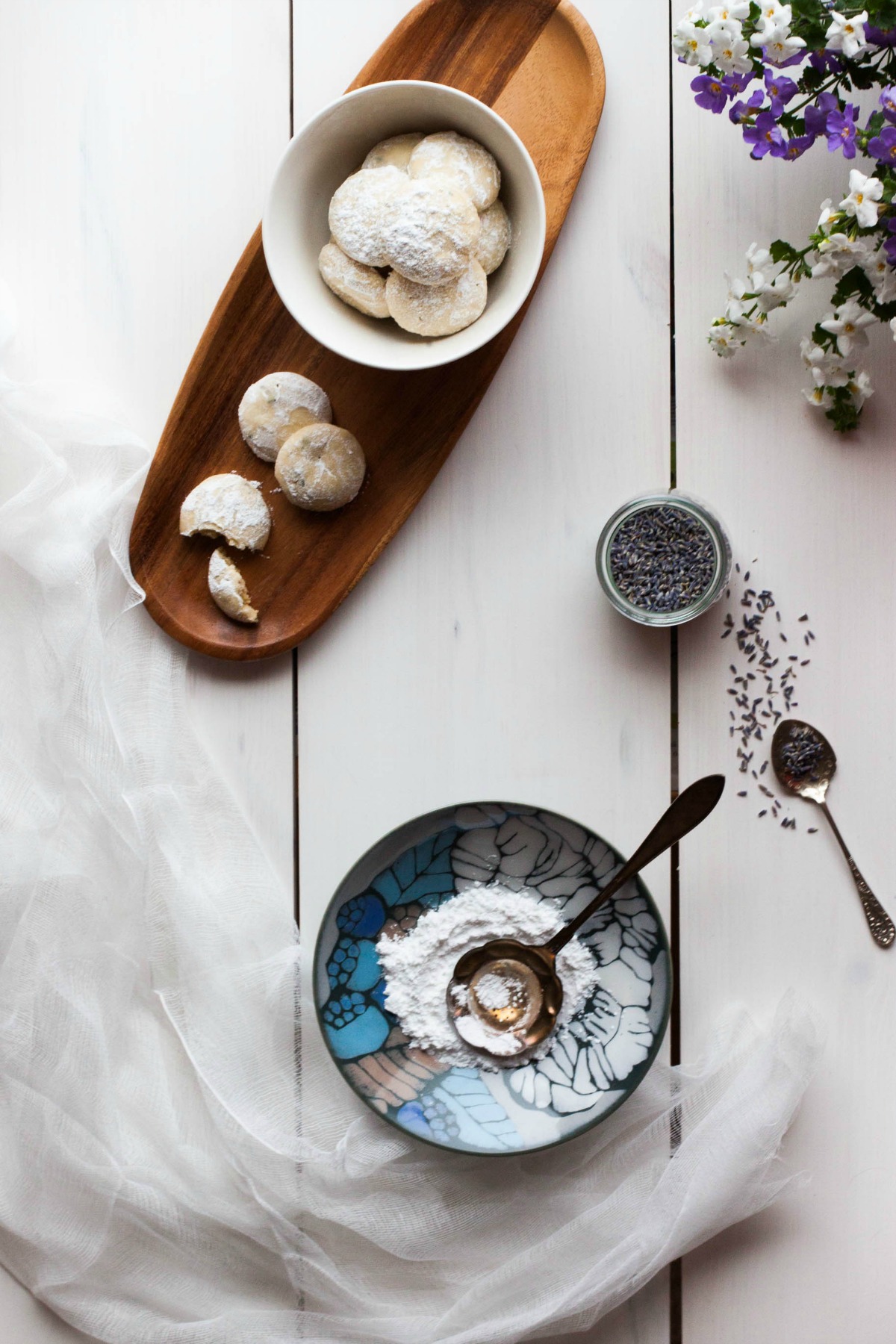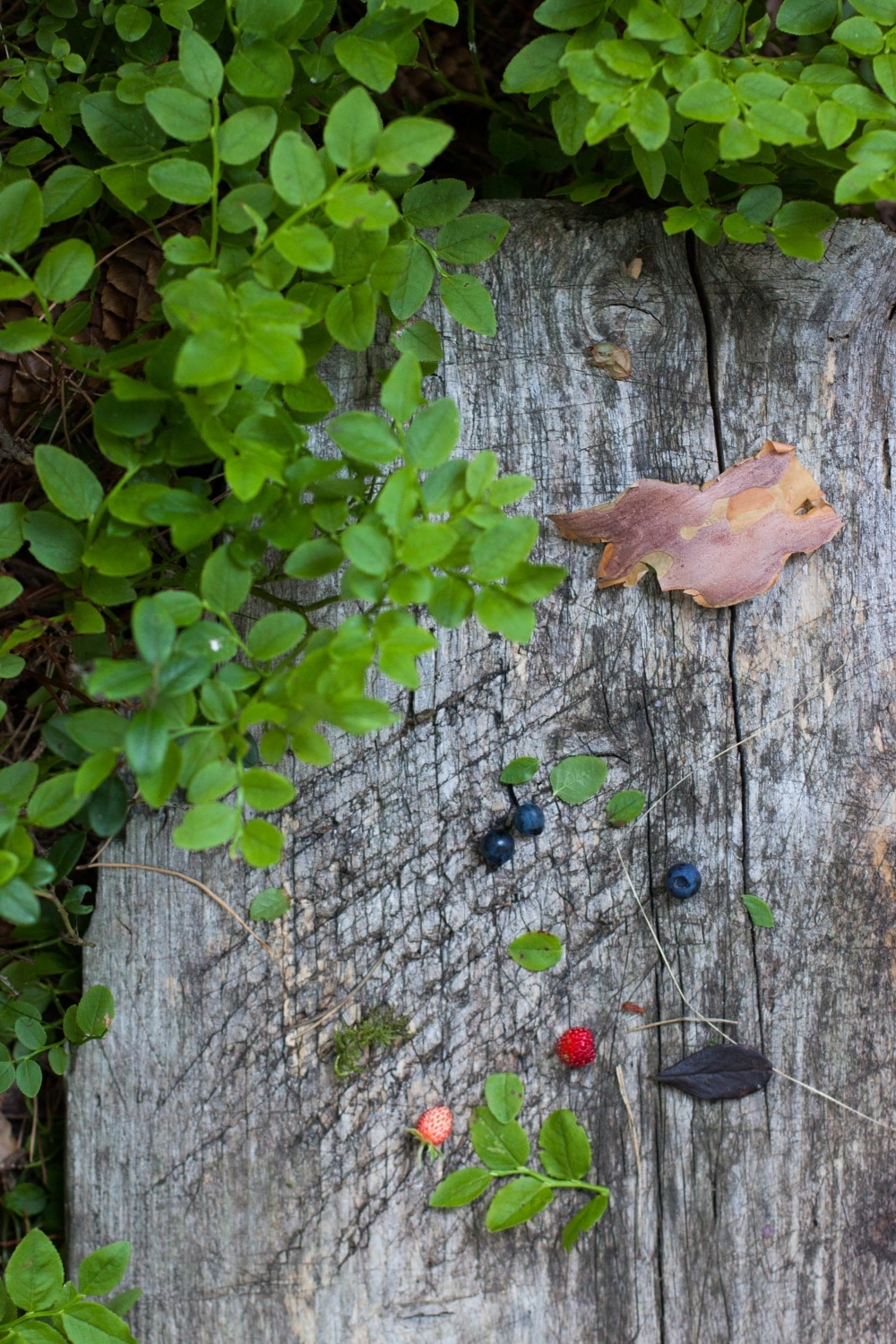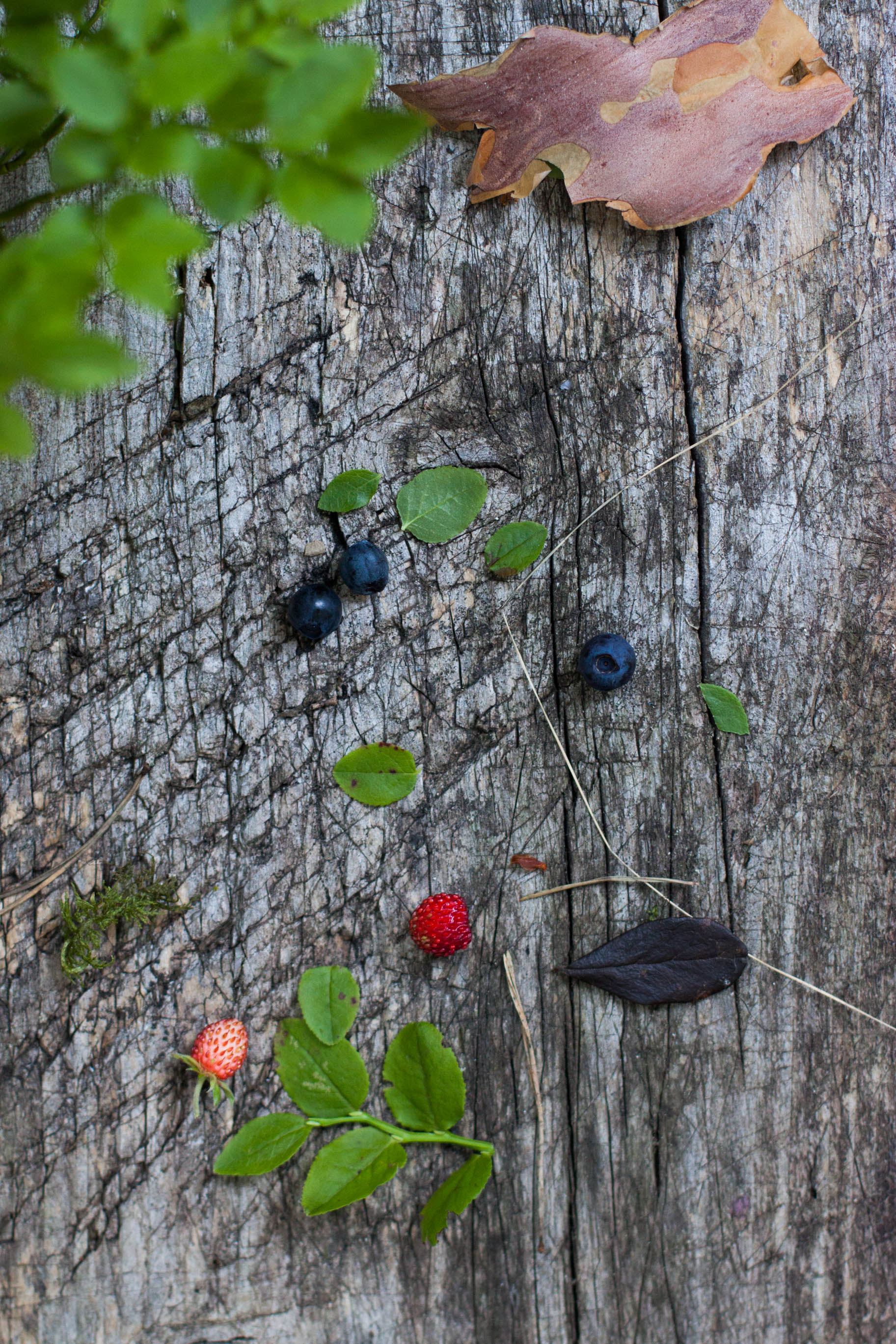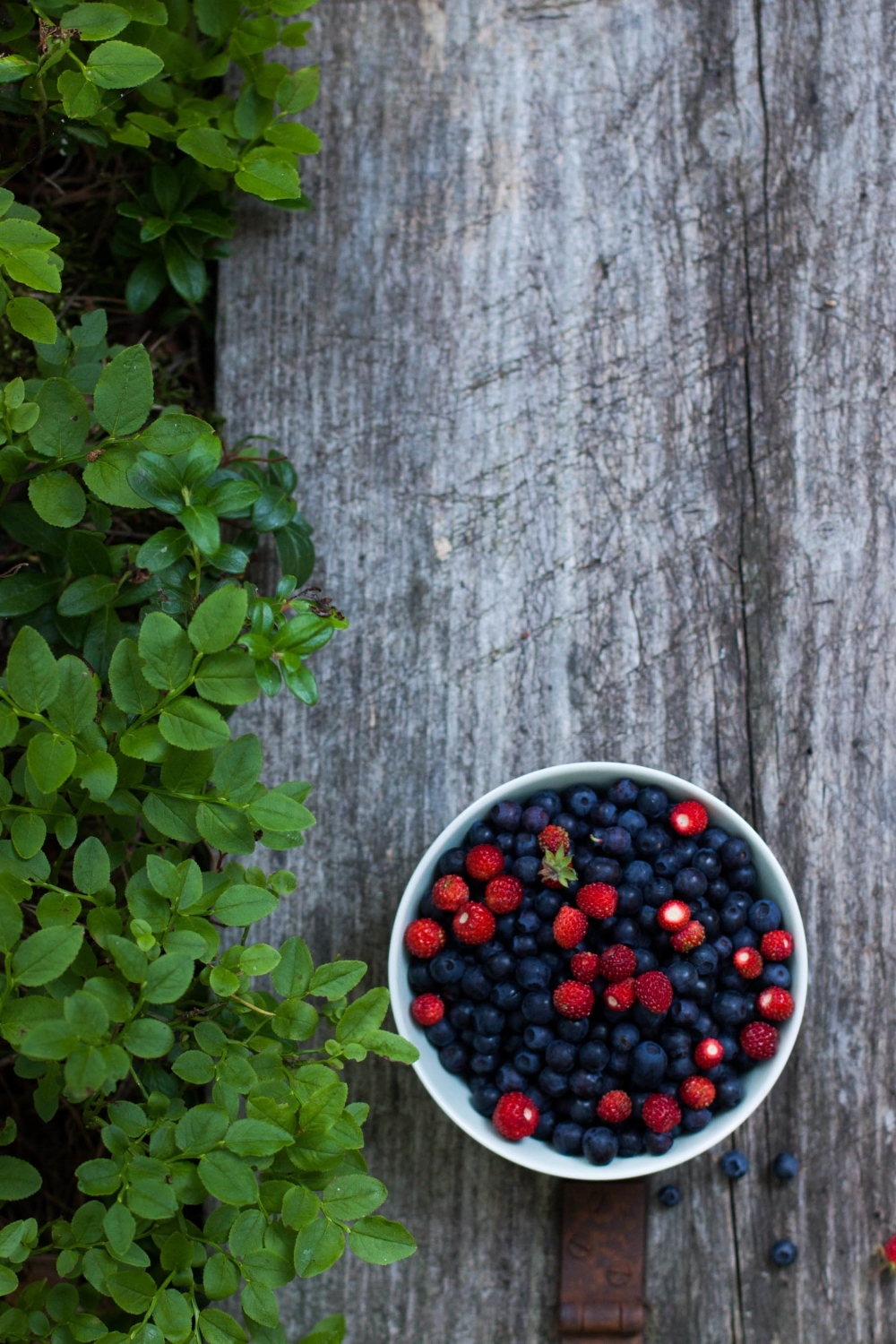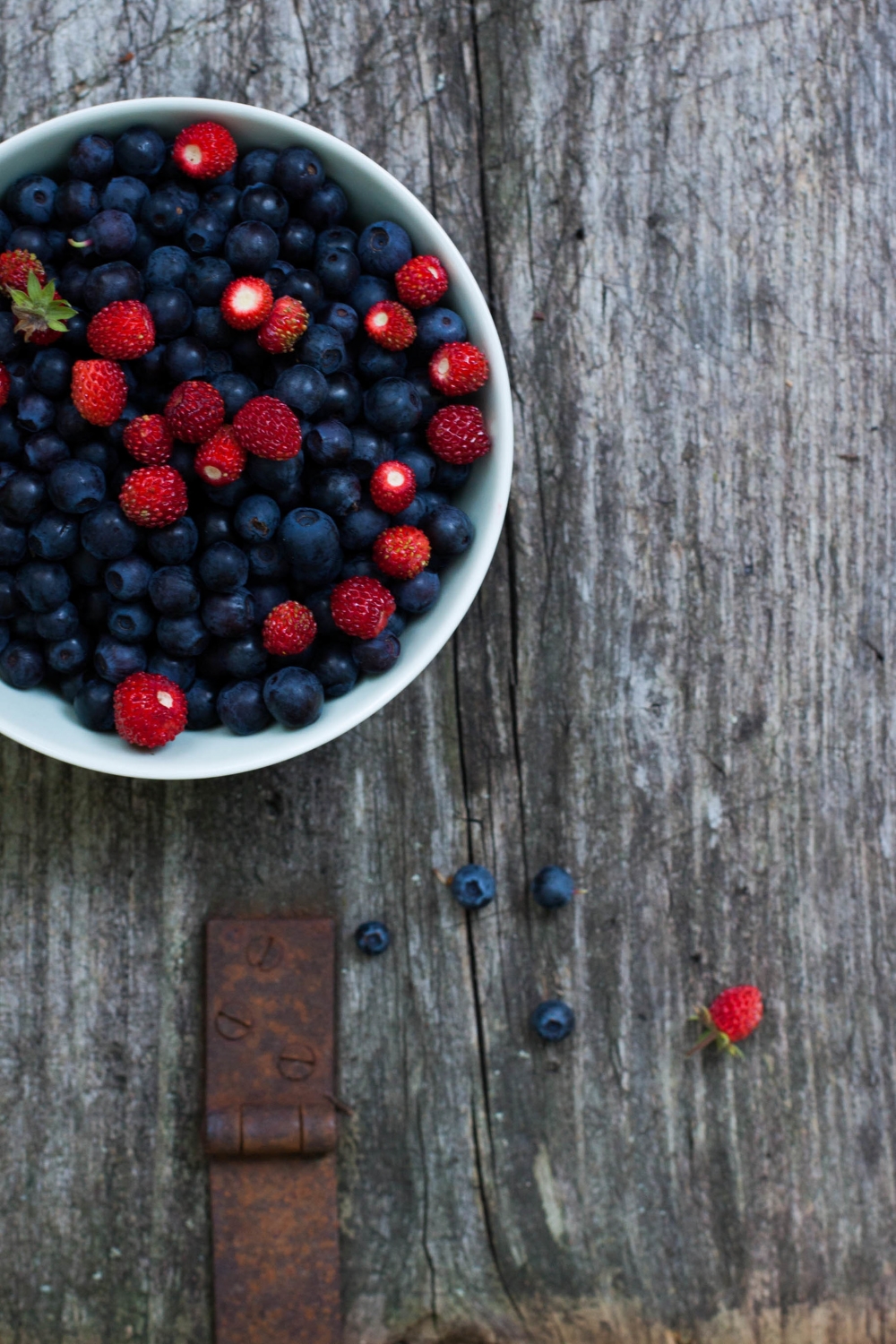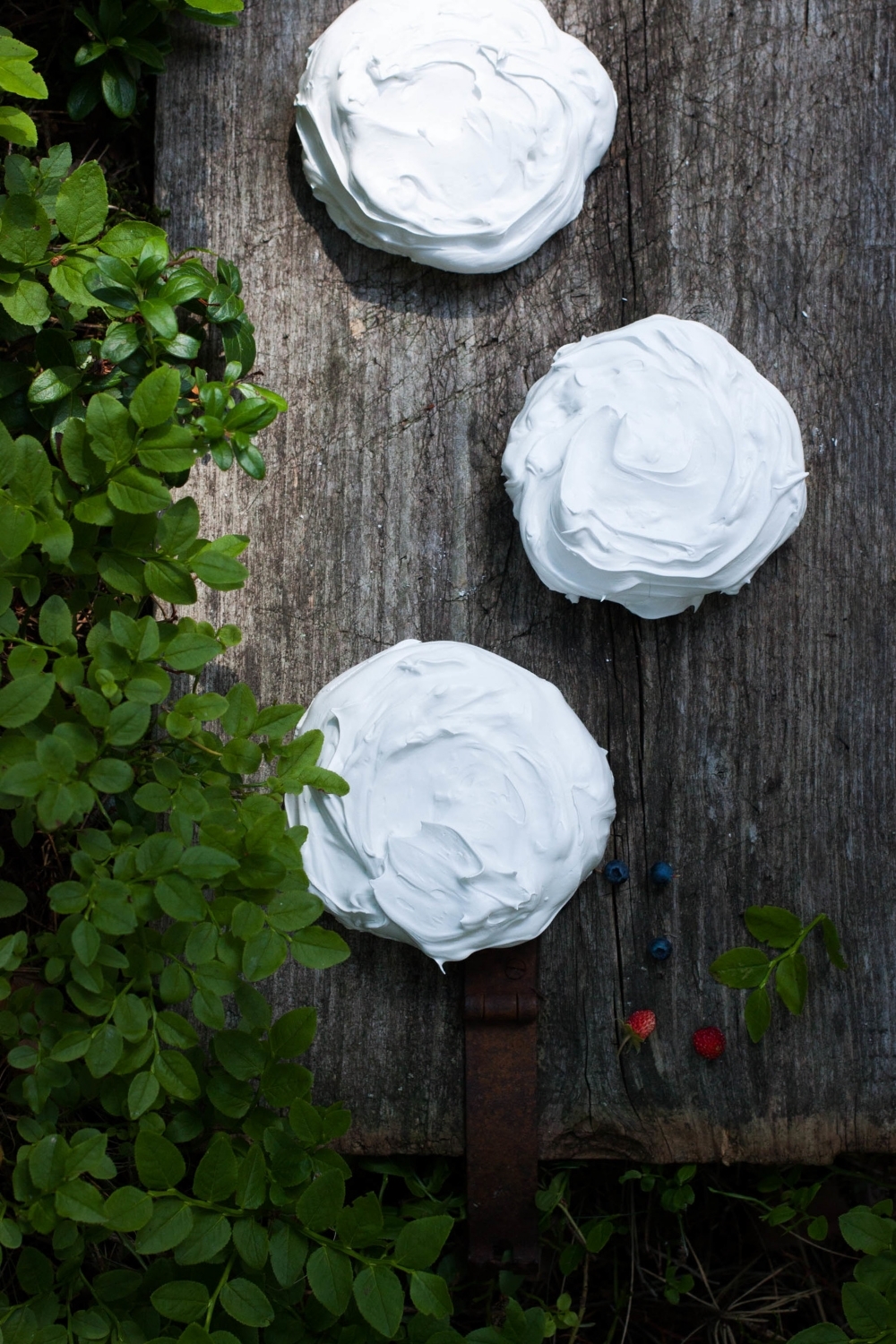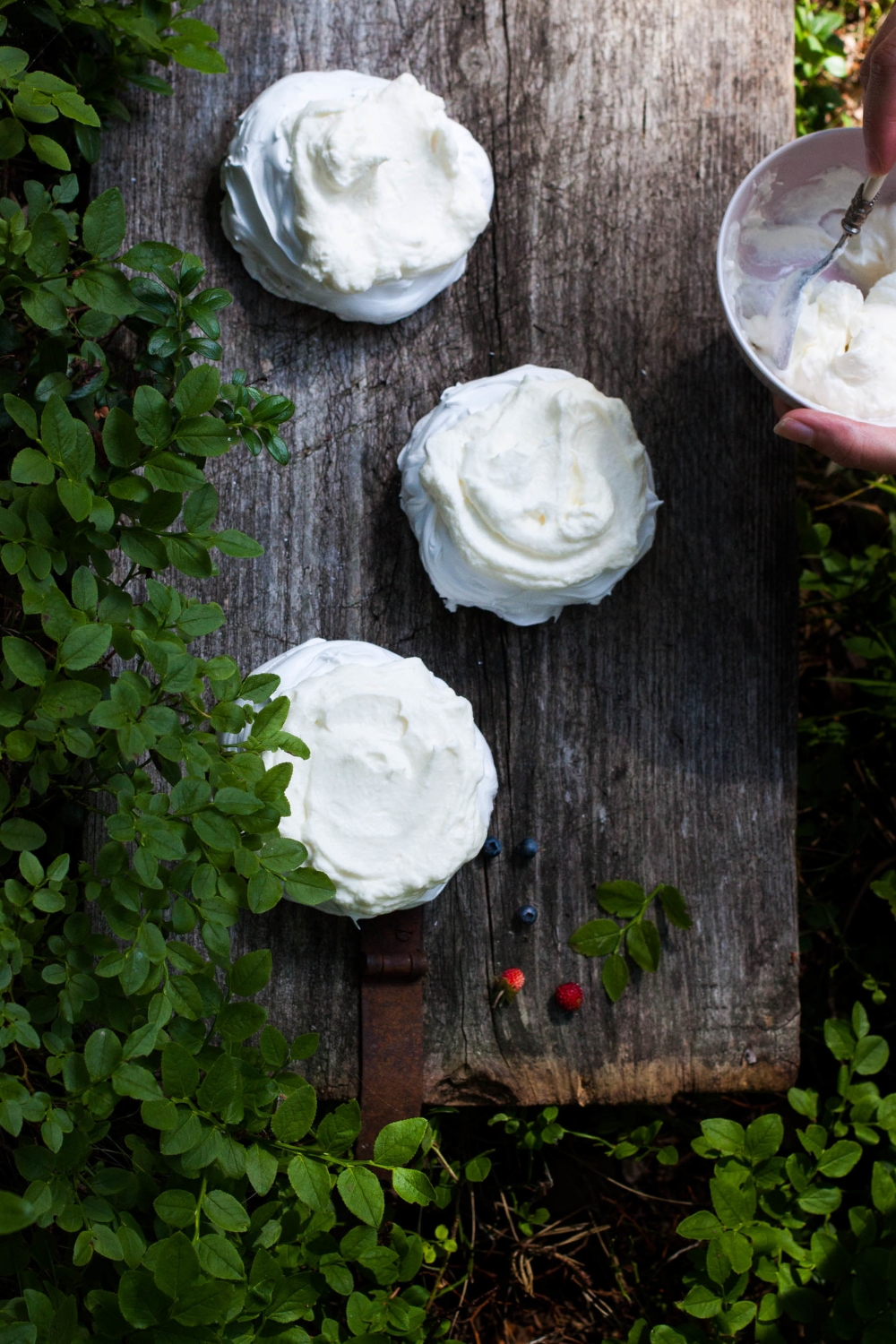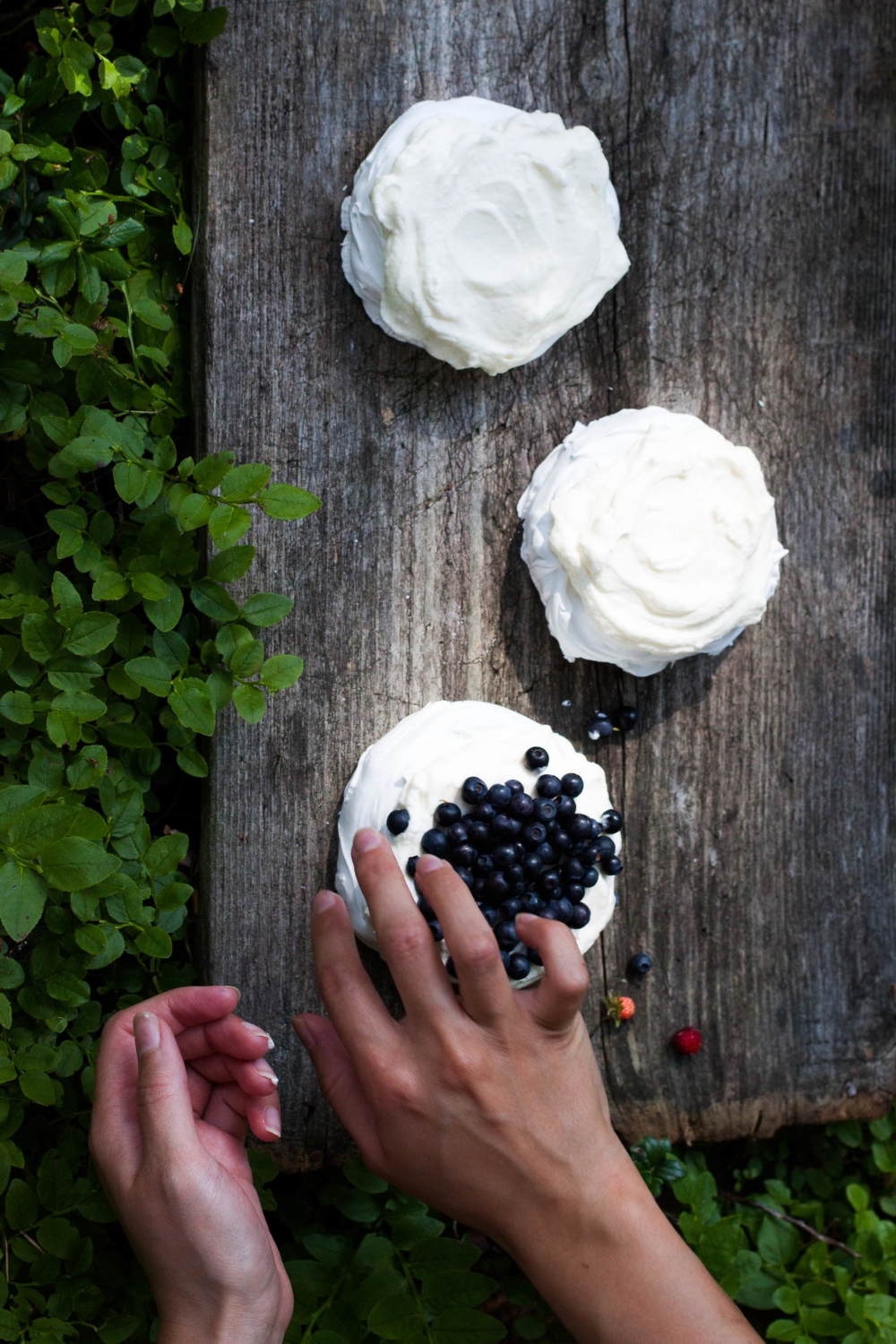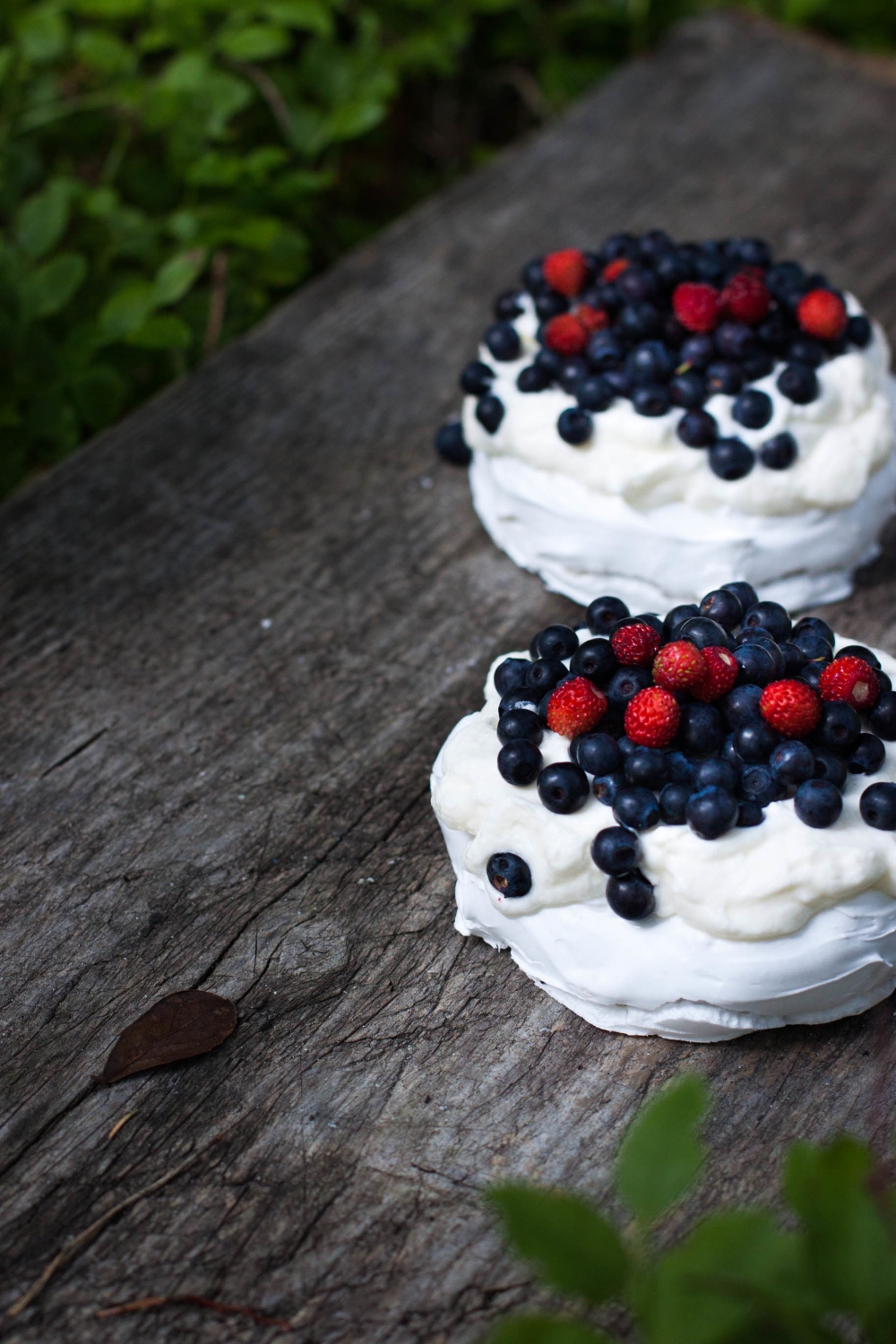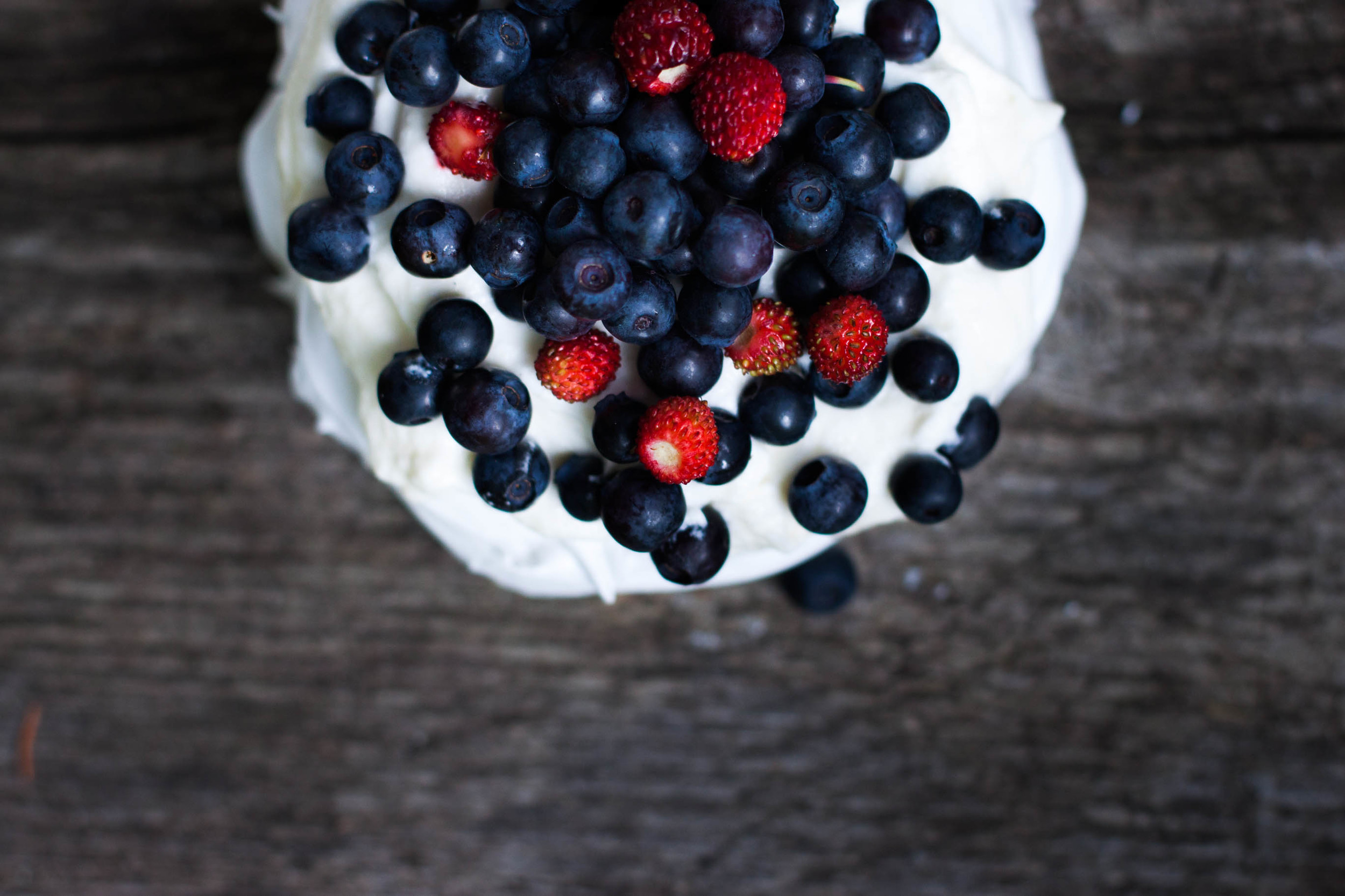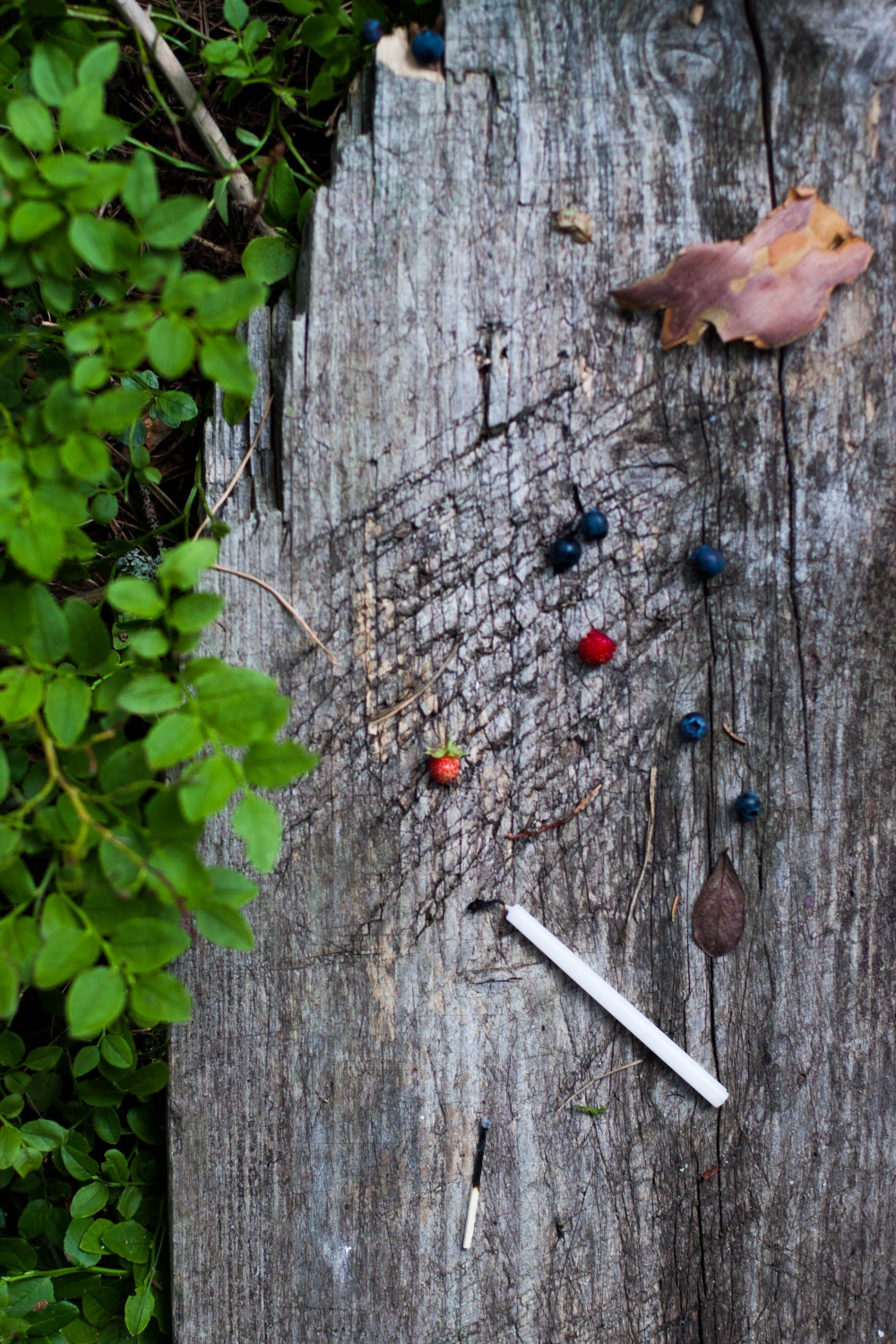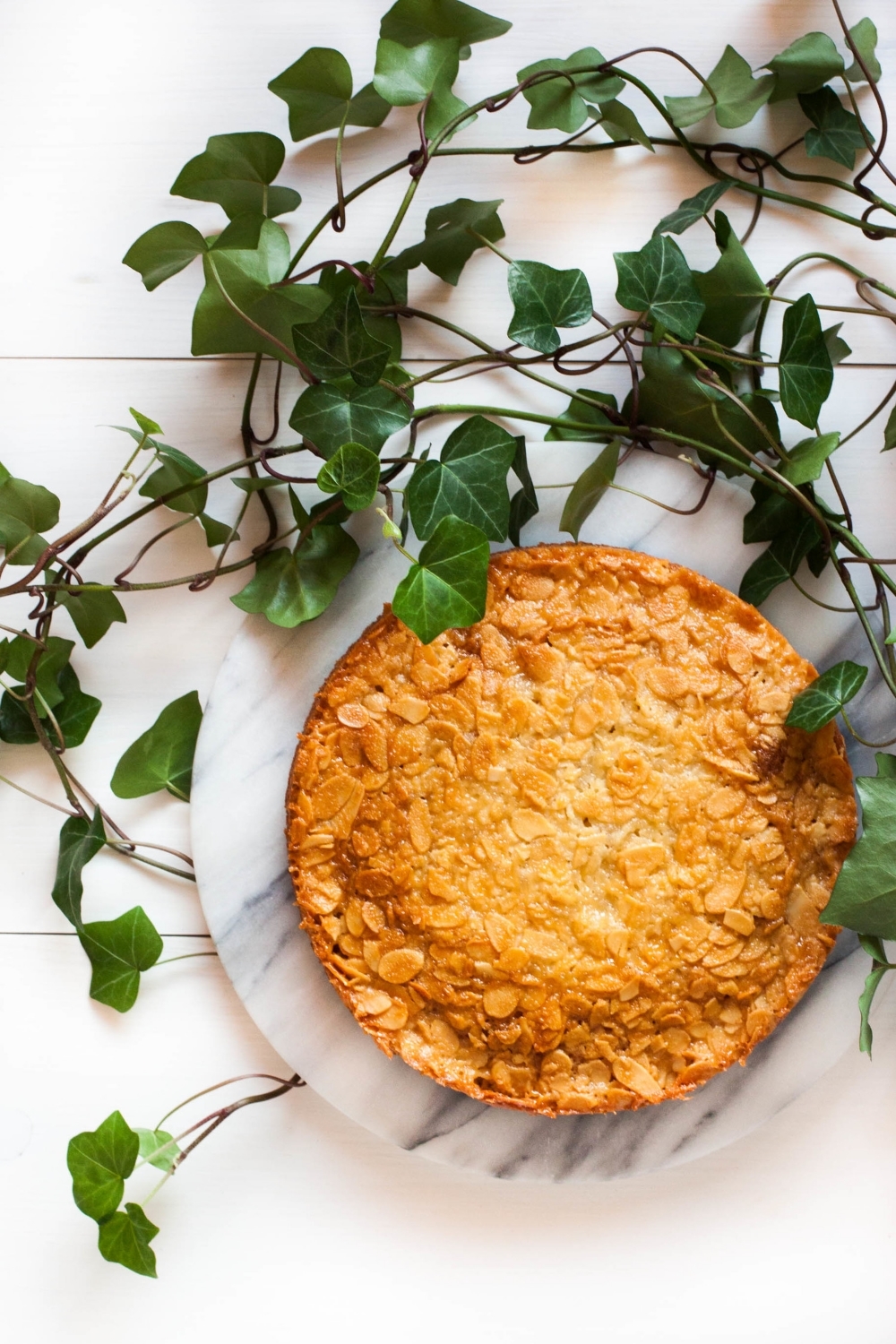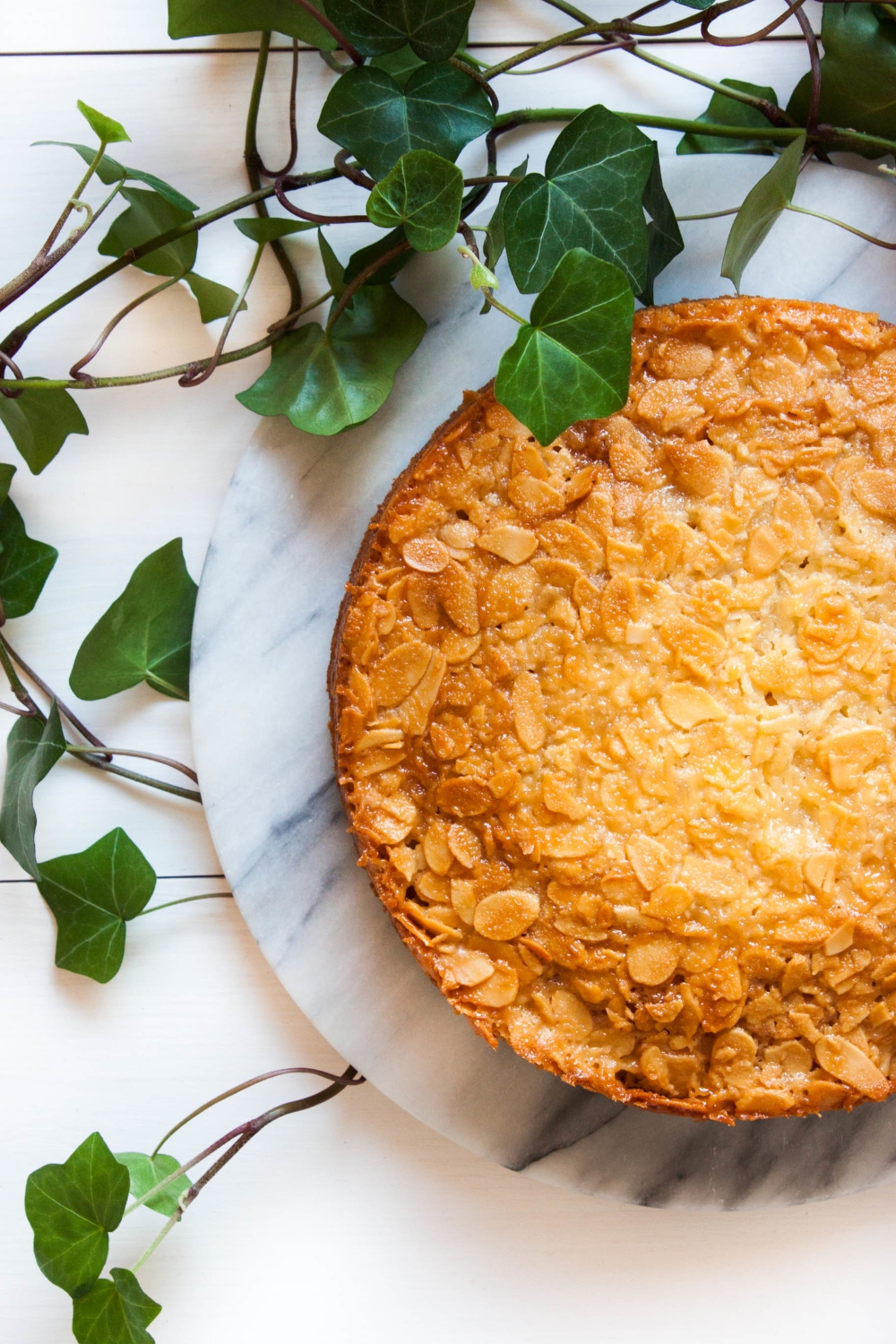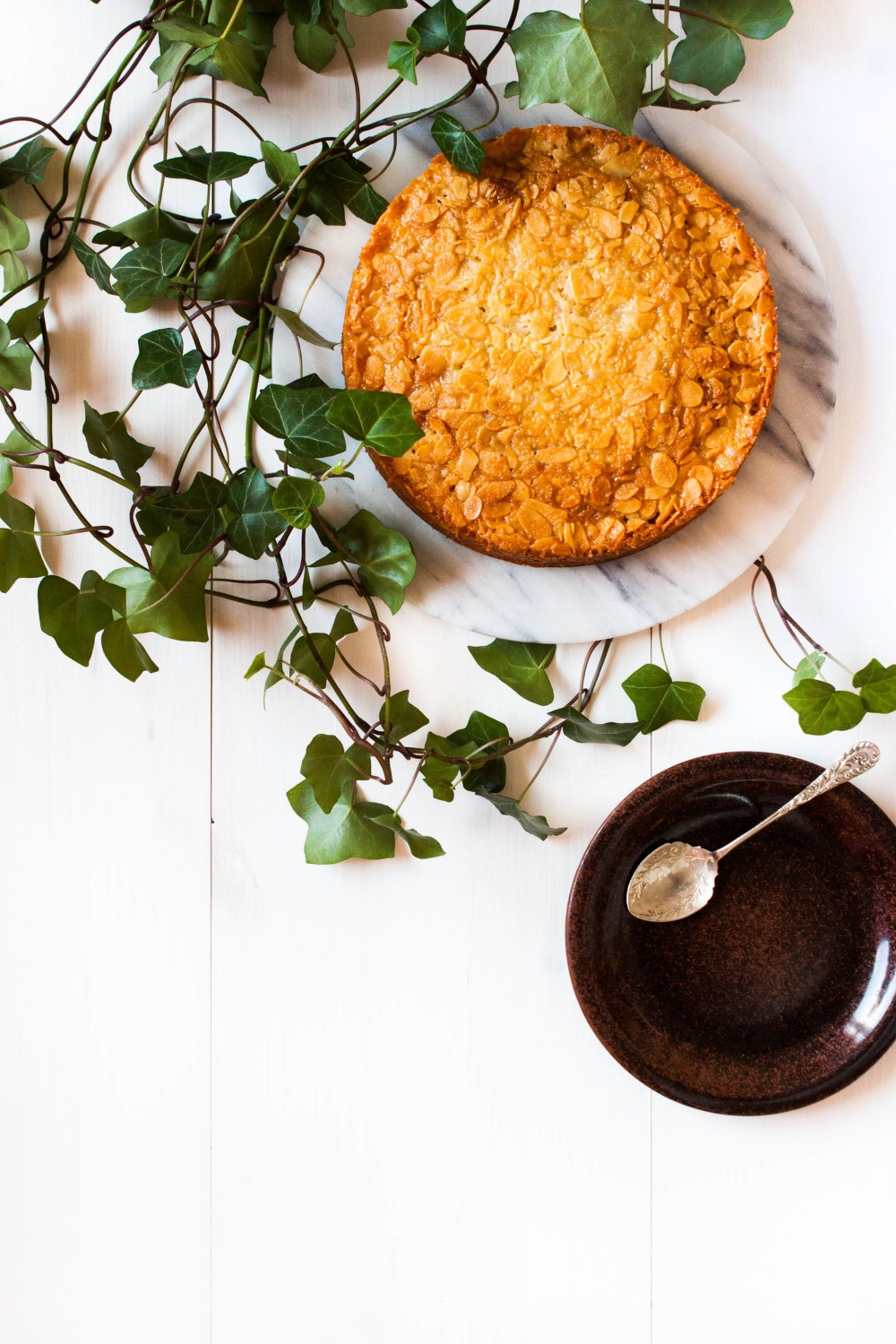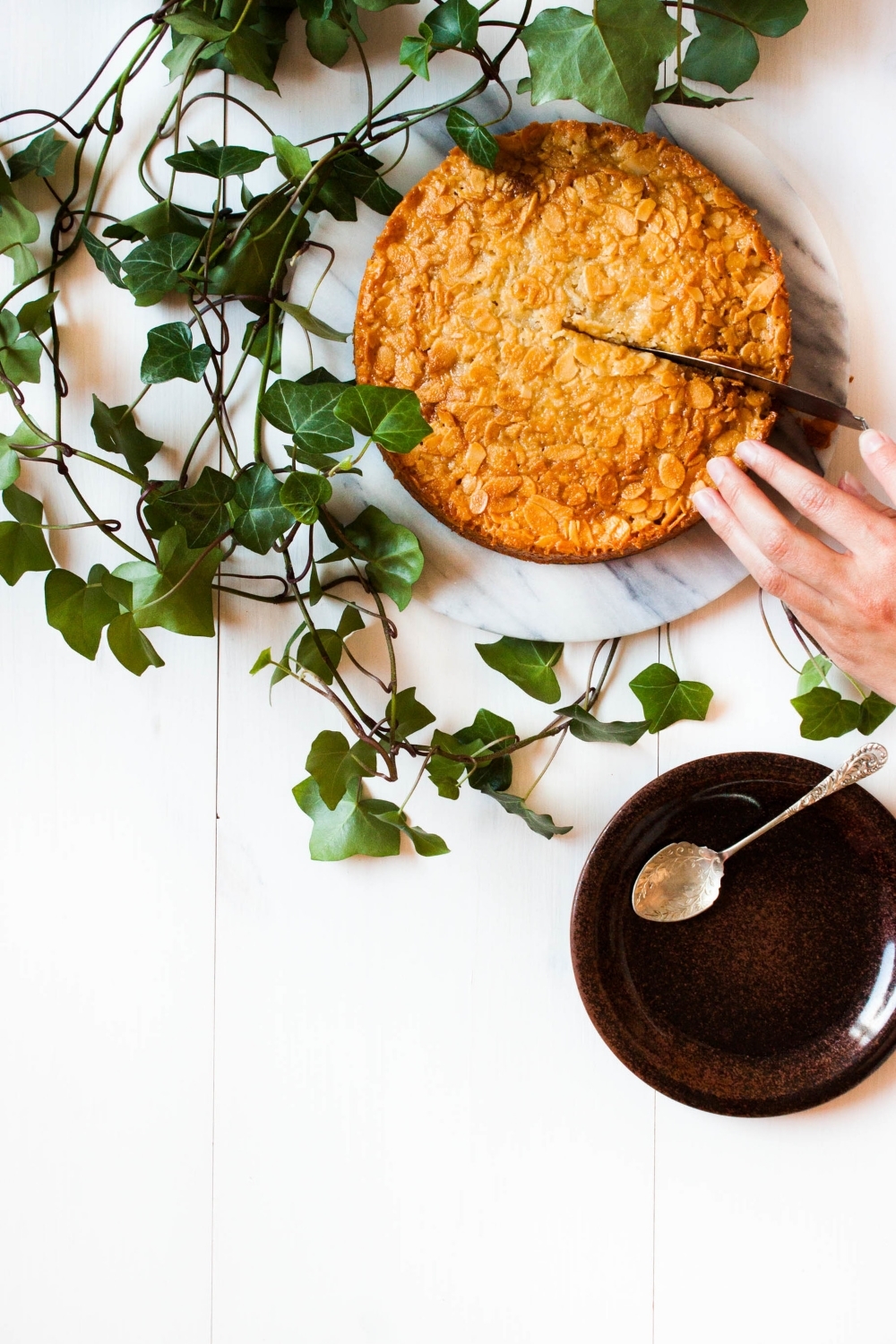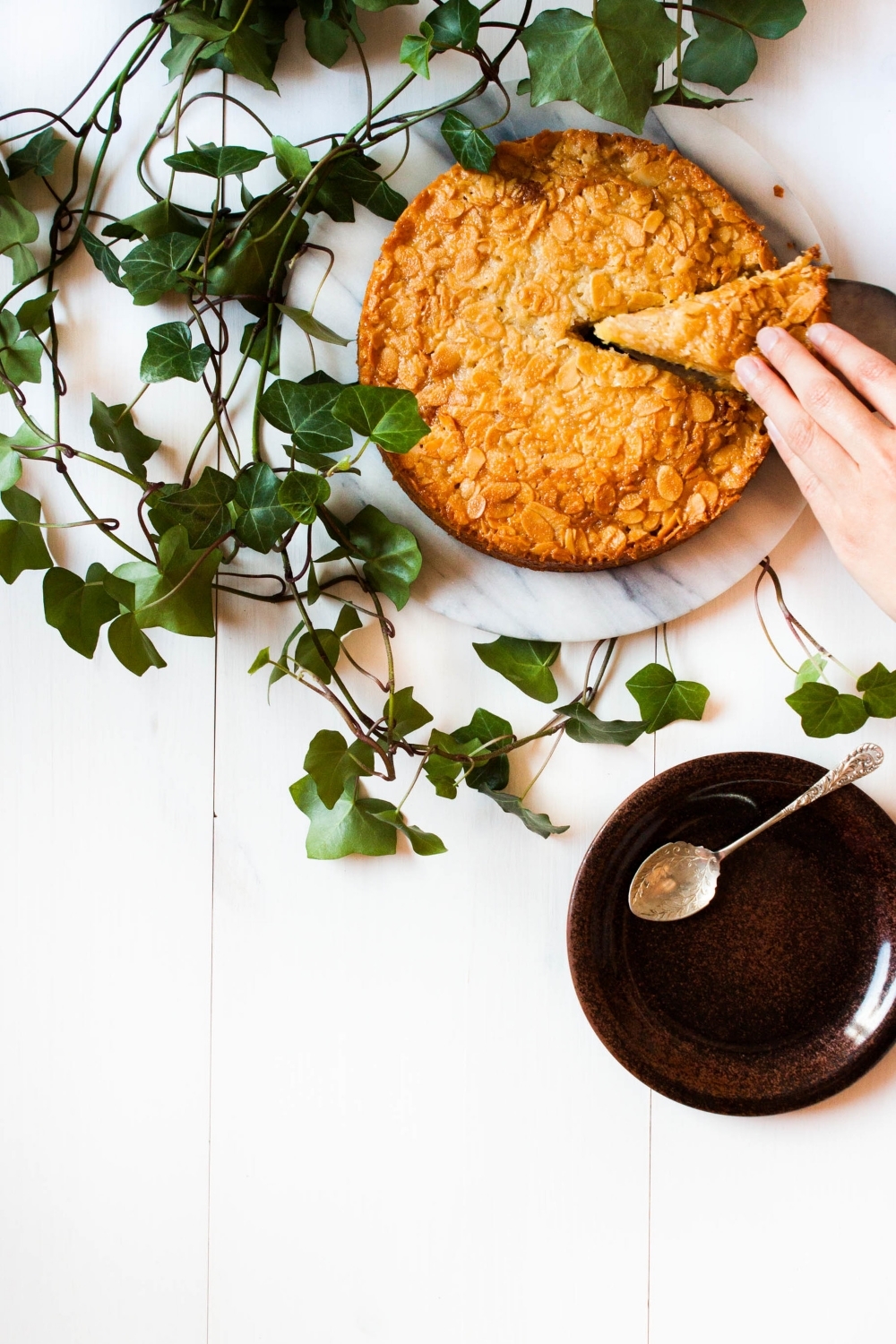Well hello winter, old friend! Seriously folks, can you believe it's already December? This fall has gone by so incredibly fast with a new job and exciting projects. I'm usually one of the first ones to begin with Christmas baking (so many favorite cookies plus new ones to explore) but I haven't baked a single batch yet. I will definitely change that this week - maybe with some Florentines dipped in dark chocolate? Or with a batch of last year's rose pistachio shortbread?
If you're looking for a great blog for the holiday season, you should definitely visit the Munich-based blog delicious:days – there isn't a single recipe I haven't loved and Nicky is as nuts as me when it comes to holiday baking (or food in general).
I'm so excited to share this recipe with you today. I've been dying to share it since last winter and now I finally am. Kaiserschmarrn is a kind of caramelized, fluffy Dutch baby that's torn into pieces, sprinkled with sliced almonds, dusted with powdered sugar, and served with fruit compote. It's especially popular in Austria, Southern Germany, and Switzerland, but it's apparently enjoyed in Eastern Europe as well. Kaiserschmarrn is one of the most delicious things I can imagine on cold winter days, especially after a day in the snow, and it's simply meant to be enjoyed in good company.
I experimented a lot to develop my favorite version and am more than happy with the result. According to my dad, it's the best Kaiserschmarrn he has ever eaten and I, although less experienced, can only say the same. It's a winner, a crowd-pleaser, a winter favorite. It's so delicious that I didn't even notice that I missed the final touch, a generous dust of powdered sugar, when frantically trying to photograph this babe in daylight; yeah, the days are getting ridiculously short up here and it's driving me crazy. But hey, maybe it would just be a shame to hide all that gorgeous golden brown under a layer of white sweetness.
Kaiserschmarrn is typically served with apple, plum, or apricot compote. To make a simple apple compote, core and peel a couple of apples and cut them into pieces. Melt a knob of butter and a couple of tablespoons of sugar in a pot over low heat. Add apple pieces, spices (such as cinnamon and clove), and 1 to 2 tablespoons of Calvados, apple juice, or water. Cover and cook over low heat, until apples are tender.
Kaiserschmarrn
serves 3 to 4
Please read the recipe carefully before starting. Once the batter is in the pan and you turn it, there isn't much time to look at the recipe anymore. I like to serve it in a single, large pan, but you can make individual portions as well. You can definitely double the recipe. If you do, make it in a larger frying pan. Also, it won't be easy to turn a larger pancake in one piece but that doesn't really matter, as it will be torn into pieces anyway. So just do it.
3 tbsp rum
30 g (½ dl; ¼ cup) raisins
2 eggs (European size M; U.S. L), separated
1 ½ tbsp granulated sugar
½ tsp vanilla paste OR ½ vanilla bean, split lengthwise & seeds scraped out
pinch of fine sea salt
1,5 dl (⅔ cup) whole milk
55 g (1 dl; ½ cup minus 1 tbsp) all-purpose flour
15 g (1 tbsp) butter, for frying
15 g + 15 g (1 + 1 tbsp) butter, to caramelize
about ½ dl (¼ cup) sliced almonds
1 ½ tbsp powdered sugar, to caramelize
to serve:
powdered sugar, to finish
apple or plum compote
vanilla ice cream, if desired
Warm up the rum and soak the raisins for about 30 minutes. Drain and set aside.
In a small to medium-sized bowl, beat the egg whites until stiff. Tipp: the egg whites are done when you can turn the bowl upside down without making a mess in your kitchen ;)
In another bowl, cream the egg yolks, sugar, vanilla, and salt. Add milk and whisk until incorporated. Gradually, add the flour while whisking. Carefully fold in the egg whites with a silicone spatula. Don't mix the batter too much or it won't stay fluffy and light!
Heat a 26 cm (10") nonstick frying pan over medium heat and add 15 g/1 tbsp butter. Pour the batter into the frying pan and sprinkle soaked raisins on top. Fry for 10 to 18 minutes, or until the bottom is golden brown. You'll notice that the batter will rise, somewhat like a soufflé. When ready to turn, the batter is solid on the bottom.
Now comes the tricky part. With a good, flexible spatula, turn over the whole thing. If it breaks, don't worry; we'll soon tear it into pieces anyway. Fry it for 1–2 minutes, then start to break it into about 2,5 cm/1" pieces. Increase the heat to medium-high, add 15 g/1 tbsp butter, and fry for a couple of minutes turning the pieces every now and then, or until the pieces are golden brown all over. Add the remaining 15 g/1 tbsp butter and sliced almonds, and sprinkle with powdered sugar. Fry for about 1 minute, or until it's all nicely caramelized.
Dust with powdered sugar and serve warm with fruit compote of your choice.
...and vanilla ice cream cetainly isn't a bad idea either.




